|
Over the last few months, we've been delighted to welcome some exceptional guests, and we're thrilled to share the highlights of their visits along with a plethora of photos! Firstly, we had the honour of hosting the South African Institute of Aquatic Biodiversity (SAIAB), led by Dr. Albert Chakona, Chief Scientist and Senior Research Associate from the Department of Ichthyology and Fisheries Science at Rhodes University. Aileen Anderson, our esteemed General Manager and SASS Guru, joined forces with them for monitoring and DNA sampling of aquatic species in the Gouritz Cluster Biosphere Region (GCBR) and partnered with friends in the Elim area to sample fish in the Nuwejaars Wetlands Special Management Area. This collaboration was both enlightening and memorable, enabling us to address various inquiries, document previously unrecorded aquatic species, and forge new partnerships. For more insights into our partnership with GCBR, check out their article on GCBR Fish Monitoring. Additionally, delve into the SAIAB article for a deeper understanding of our discoveries in Unveiling Nature's Jewel: Exploring the Enigmatic World of the Translucent Goukou Galaxias. And be sure to immerse yourself in the captivating pictures from our expedition! Our second visit was from Landcare (Department of Agriculture), during which we had the pleasure of meeting with Rudolph Röscher, District Manager of the Cape Winelands and Hannes Muller District Manager of Eden SRUM. These annual visits entail inspections of our activities, during which Ricardo Januarie (Alien Clearing Manager) and Mzomhle Mtshintshi (Quality Controller) showcased our progress in alien-clearing activities, while Corné Brink (Restoration Manager) talked about our restoration efforts. We also visited our impressive alien clearing project in the Korente Poort Dam area, that we are implementing in partnership with the Korente-Vette Irrigation Board. The Grootbos Foundation marked our fourth visit, allowing us to showcase our valley and its fauna and flora species. It was a rewarding experience, during which we also fine-tuned our camera trap system, providing Jessi Venter (Conservation Officer) with invaluable insights (as demonstrated in the pictures) and capturing the magnificent specimens in the valley. Our fifth visit welcomed students from The Organization for Tropical Studies (OTS), where international honours students engaged in multiple activities within the conservancy. These activities included monitoring the restoration site near the office to track species regrowth and timing processes within the nursery itself. It was quite an experience for our GVB staff members, and we have learned a lot from this visit! And finally, our last visit was from IKI GRANT themselves. Their visit allowed us to present and showcase our project's progress, achievements, and upcoming goals. We extend our heartfelt thanks to everyone who has visited the GVB valley; it's always a pleasure to host you here!
0 Comments
In the heart of Barrydale, nestled within the embrace of its community, flows the Huis River—a lifeline, a haven, and a treasure trove of biodiversity. Yet, over time, neglect and alien invasive species have threatened its vitality, dimming its sparkle and jeopardising the delicate balance of its ecosystem. Today, however, a beacon of hope shines bright as the International Union for Conservation of Nature (IUCN) has joined hands with the Grootvadersbosch Conservancy (GVB) to embark on a transformative journey—to restore the Huis River to its former glory. The Grootvadersbosch Conservancy lies just downstream of the Huis River, so restoring this system benefits all, including those downstream. Central to this effort is the protection of the Critically Endangered Tradouw/Barrydale Redfin, whose survival hinges on the health of the Huis River. Project Overview At the core of this endeavor lies a plan, to breathe life back into the riverbanks and revive the riparian ecosystems. With the support of landowners, the project will clear the Huis River of invasives and establish three planting sites along the river's edge—serving as pockets of biodiversity and additional seed banks, where native flora can flourish, and endangered species find sanctuary. The project also includes workshops and awareness-raising with the local community, informing them of why we are doing alien clearing and how we are implementing restoration work. The project continues to create work for our 12 alien clearing contractor teams. Since October 2022, the GVB conservancy has cleared 72 hectares of land in the Huis catchment from invasive plants and has released biocontrol on Hakea Species. This work has already created over 1000 days of employment. This project has allowed the GVB conservancy teams to implement their new restoration techniques which they have received over the past few, through our IKI project, allowing the teams to put their new knowledge into action! These activities include erosion control, planting methods and even forming a medicinal garden which is available for anyone to access (Just remember please don’t just take, also give back). This restoration work has created a further 160 days of employment. This project aims to identify individuals in Barrydale who could be mentored along with our existing restoration teams. The project will therefore create much-needed employment opportunities in Barrydale. Project Scope The project's scope encompasses a series of interventions to catalyse ecological regeneration and foster community stewardship. Community engagement is integral to the success of this project, along with the active participation of the Barrydale and Smitsville community. We plan to place awareness-raising signs in public spaces to inform people of the importance of the Redfin and how to protect it. Through public planting days, mural painting, water harvesting activities, educational day initiatives, and collaborative partnerships with local businesses, the project seeks to mobilise collective action and cultivate a shared sense of responsibility for the river's well-being. Long-Term Vision
In the long term, the goal of this project is to provide a more suitable ecosystem and home to the Tradouw/Barrydale Redfin, while improving the health of the downstream river which flows into the Conservancy. Through sustained collaboration and unwavering dedication, the Huis River will reclaim its rightful place as the heart of Barrydale—a symbol of resilience, renewal, and the enduring power of collective action. Find out more about the Tradouw Redfin and its plight at the talks happening as part of the Silver Mountain Music Festival. Thank you to IUCN, the community of Barrydale and Swellendam Municipality for supporting this project. Since 2022, with the support of Swellendam Municipality, we have been hard at work with alien clearing projects in the towns of Swellendam and Barrydale. Our efforts within the towns have resulted in the initial clearing of 243 hectares, with follow-up maintenance on an additional 177 hectares. This monumental task will not only rejuvenated the landscape but has also provided a total of 4000 days of employment for local communities. We're proud of this achievement and grateful for the ongoing support of our funding partners. Focus on Riparian Zones Our attention has now shifted to the riparian zone of the Koringlands River through Swellendam. This vital ecosystem requires delicate care to thrive, which is why we're committed to removing alien invasive species that monopolise water resources. By clearing these intruders and allowing natural vegetation to flourish, we're not only preserving biodiversity but also restoring the balance of these critical areas. We also have a monitoring programme to understand how this clearing improves the status of the river. Funding for these projects comes from the Swellendam Municipality, dedicated landowners, and the Breede Gouritz Catchment Management Agency. We have a similar project in place to restore the Huis River in Barrydale so watch out for news of that soon. As stewards of the land, it's our privilege and responsibility to protect the natural wonders that surround us. Our focus lies in minimising fire risks and controlling sparsely invaded regions, ensuring that the hard work of alien clearing isn't undone. Through our ongoing efforts in alien clearing and riparian zone restoration, we're working tirelessly to uphold this commitment. We extend our heartfelt thanks to our funding partners, landowners and contractors who make our conservation endeavours possible.
Together, we're not just clearing aliens; we're cultivating a future where nature thrives and continues to provide the ecosystem services that we all depend on. Stay tuned for more updates on our conservation activities, and let's continue to make a positive impact on the world around us. As we find ourselves well into the swing of 2024, its time to provide an update on the exciting projects keeping us busy. One of our key focuses has been Environmental Education, aimed at fostering a love for nature and a sense of responsibility for our environment among young minds. Here's a glimpse into what we've been up to. Over the past few months, we've had the pleasure of visiting three schools where we reached over 200 children: De Waaville Primary School, Mullersrus Primary School, and Vondeling Primary School. These visits weren't just routine outings; they were immersive experiences where students got hands-on with conservation efforts. Our environmental education program isn't just an add-on; it's integrated into the Grade 7 Natural Science curriculum. By taking learning outside the classroom, we provide students with practical insights into the importance of preserving natural habitats. From removing invasive species to planting indigenous flora, every activity is designed to instill a sense of stewardship towards our environment. Beyond teaching theoretical concepts, we emphasised actionable steps that students can take to make a difference. Whether it's river monitoring or simple acts like picking up litter, we empower young minds to become active participants in conservation efforts. After all, small actions can lead to big changes. During these visits, we don't just educate; we also collect valuable data. Mini SASS results gathered from the field are fed into the database, contributing to broader efforts to understand the state of our rivers. None of this would be possible without the support of our funder #Landcare from the Department of Agriculture who are committed to these projects. We are also grateful to the Gouritz Cluster Biosphere Reserve, who assisted with womanpower(!) on the day. We also very grateful to Michelle and Keith Moodie who supplied an amazing packed lunch for 200 children (that's a lot of sandwiches to make!) To the schools that welcomed us with open arms, we extend our heartfelt gratitude. Your enthusiasm fuels our passion for environmental education. As we move forward, we're excited about the prospect of expanding our reach and touching the lives of even more young learners. After all, our motto remains steadfast: "If we can teach another person at least one new thing, then we have done our job." As we reflect on the busy start to this new year, our commitment to environmental education continues. With each school visit, we sow the seeds of conservation, nurturing a generation of eco-conscious citizens. Thank you to everyone who has supported our endeavours, and here's to many more initiatives. Together, we can make a difference—one student at a time.
As we reflect on World Wetlands Day, we're thrilled to shine a spotlight on the lifelines of our region – the five main river systems that we are dedicated to protecting and restoring. These rivers, each intertwined with a rural town, not only provide water for human consumption but also sustain our rural agricultural economies. Join us on a journey through these ecosystems and consider how you can help to protect these systems for future generation. The Huis/Tradouw System Supporting Barrydale and SmitsvilleThe Huis/Tradouw System originates in the Langeberg mountains above Grootvadersbosch. The river meanders down the northern side of the mountains and provides water for Barrydale/Smitsville and then flows into the Tradouw Pass. Home to the critically endangered Tradouw Redfin and freshwater eels, our team is actively monitoring and restoring this system under a new project funded by the IUCN. The Duiwenhoks System Supporting HeidelbergThe Duiwenhoks river winds through the kloofs of the Grootvadersbosch Nature Reserve, providing water for Heidelberg and eventually embracing the ocean at Vermaarklikheid. Our commitment to the upper section involves clearing alien vegetation, monitoring, and collaborating with partners, ensuring it remains a lifeline for agriculture and the town of Heidelberg. THe Korente-Vette River System supporting RiversdaleIn a transformative project, we've joined forces to clear the natural river gorge below the Korentepoort Dam. This collaborative effort enhances water supply to the town of Riversdale and supports agriculture by meticulously removing invasive plants with complex rope access teams, a strategically important project, achieved in partnership with Landcare and the Korente Vette Irrigation Board. The Koringlands River supporting SwellendamCelebrating the beauty of the Koringlands River in the heart of Swellendam, we're working to remove alien vegetation and restore natural wetlands. In collaboration with Swellendam municipality, the Breede-Olifants Catchment Management Agency, and landowners, we hope to transform this vital system and improve the health of the river and the surrounding ecosystem. The Grootvadersbosch River supporting SuurbraakThe Grootvadersbosch River is the lifeblood of our community, supporting agriculture and flowing through the heart of our Conservancy. With thriving indigenous fish, diverse birdlife, and ongoing efforts to clear invasive species, we're committed to safeguarding and nurturing this precious resource for generations to come. On this World Wetlands Day, we invite you to explore the rich tapestry of our rivers and wetlands. If you're inspired to support our work or learn more about your local river and wetlands, please visit our website:
https://www.gvbconservancy.co.za/protecting-rivers.html You can Snapscan a donation below Together, let's protect and cherish these invaluable resources for a sustainable and resilient future. Over the last 6 months, the Grootvadersbosch Conservancy Team has been involved in a series of environmental education days that are important to create future environmental leaders. These programmes include educational nature walks where we focus on explaining how unique our environment is, our different vegetation types (fynbos, forest and thicket pockets) and why we need to protect our rivers. On these walks we also talk about why we do alien clearing, how we do it and why it is necessary to remove alien, invasive species. We also focus on the protections of our river systems. We teach children about our unique Barrydale Redfin, which is a critically endangered species only found in the Huis River System. We monitor our river systems by implemented SASS and we share this experience by doing a mini-SASS. This activity lets them experience and observe all the tiny micro-invertebrates up-close and see both the invasive and indigenous fish species in our river systems. The schools that we have done environmental education days with this year include:
At the end of these events our team always appreciates how import and difficult a task it is to be a teacher. We really love these days and know how important they are for our collective futures. We are excited to be doing more of them… but we are also very glad that its not all we do because its hard work!
We salute the teachers out there and hope that you have a lovely Christmas Break! Our Grootvadersbosch Dwarf Chameleon records are accumulating! Krystal Tolley visited our valley during this year's Silver Mountain Music Festival, where she gave a fascinating talk about the chameleon species and talked more about her book (link below if you want to check it out!). She was also here to do some further surveys and recordings of her chameleon findings and took beautiful photographs of the extraordinary petite species. The data results indicate that Dr. Tolley found male and female individuals as well as juveniles, thus we can assume that their population is steadily growing thus we need to continue in protecting our Afromontane Forest region here in the valley! All images were taken by Krystal Tolley. If you want to support her and buy her Chameleon book then please visit here. REFERENCES:
Tolley, K.A. 2022. Bradypodion venustum. The IUCN Red List of Threatened Species 2022. Available at: https://www.iucnredlist.org/species/214766876/214766885 Earlier this year the Conservancy held its annual AGM where we celebrated an important achievement as an organisation - our FIRST internationally funded project! We were privileged to have Trevor DeRuisé with us from Lost Boy wines who’s gorgeous “wines from the wild” were a perfect accompaniment to our important AGM. At the AGM we introduced our members to our exciting new restoration project, funded by the INTERNATIONAL CLIMATE INITIATIVE GRANT (IKI), also known as the IKI Small Grants Programme. The IKI Grant is implemented by the Deutsche Gesellschaft für Internationale Zusammenarbeit (GIZ) GmbH and focuses on climate change mitigation projects and on biodiversity and forest conservation. ABOUT THE NEW PROJECT The conservancy has always focused on alien clearing projects to aid the natural environment and create employment in the surrounding communities. We will continue to do this work but, through the IKI Grant, we can take this work a step further. In most cases, on-going alien clearing is the most cost-effective approach to restoration. However, in some cases, the removal of invasives can result in open and bare ground, with little to no regrowth of plant species. This will increase the risk of erosion and the regrowth of aliens. This often occurs in highly disturbed areas that do not have natural seedbanks or where the seedbank might be from garden plants that may not always be ideal to re-establish in cleared areas. In these conditions, the natural environment struggles to adequately restore itself and would take twice as long. In these cases, nature benefits from a helping hand or a ‘hup-stoot’, as our new restoration manager, Corné Brink puts it. This project will allow us to combine alien clearing with forest restoration activities in specific areas. This project is a 2-year contract and will focus on establishing the nursery facilities for restoration, developing the skills needed and promoting restoration activities. We have selected two demonstrate sites where we can test approaches, develop standards, and train our alien clearing teams in restoration techniques. The project has a large emphasis on capacity building, and job creation in rural communities. For this project, we will need a large number of indigenous plant species, ranging from ground covers, shrubs, and trees. This is only possible by establishing our own propagation facility where we can learn how to propagate the wide array of plants that represent the diversity of the Grootvadersbosch flora. To make this project a success, we will work closely with landowners to responsibly harvest plant material so that our sites closely match the local genetic plant material. For each of the restoration sites, we have selected a reference site which helps to guide what plants should be represented on the restoration sites.
In the long term, the nursery may eventually become a source of revenue for the conservancy so that we can continue to sustain our alien clearing activities that are still reliant on a government funding. Much like in nature where diversity is crucial for sustainability, diversity of funding sources is also important to secure the future of the conservancy. This project will allow the conservancy to build capacity, diversify income sources, and increase the skillsets of the local communities surrounding the Grootvadersbosch Conservancy. This will be done by employing more workers and providing training in ecology, restoration activities, and methods of propagation of indigenous species. Through this project, we are also engaging with other restoration professionals to build our collective understanding of how we can improve the effectiveness of restoration projects in the Western Cape as a whole. The IKI project will be implemented by Corné Brink who joins us from the Garden Route Botanical Gardens in George. Corné has a background in conservation, guiding and endangered species rehabilitation. Her experiential knowledge of successional ecology and the different techniques and styles of ecosystem restoration, along with her style of implementing holistic practices through scientific methods will assist in pioneering a standard for ecosystem restoration in Afromontane forest, fynbos and renosterveld in the region. She will be assisted by Goliath (Twakkie) Highburg and Jessi Venter. Oom Twakkie has incredible knowledge of the Grootvadersbosch flora region and has a natural ability to grow anything put in front of him. He has incredible local knowledge to share with the restoration team and we would be lost without his wisdom and work ethic. Jessi is our Nature Conservation student intern, who will soon be graduating, but staying on as a vital part of our team. She has always had a passion for conserving nature and she is extremely excited to finally live out this passion with our new Restoration Project. She is also our Social Media Content Creator and combines her love of photography with incredibly stories from the many GVB expeditions. Now that Oom Twakkie is more involved in the restoration project, Ricardo (our alien clearing manager) needs more assistance with the ever growing alien clearing projects. This has allowed us to bring in Mzomhle Mtshintshi who has a background in forestry and is taking on the Quality Controller role (with the odd trip to the river for fish monitoring!). We are excited about the many new opportunities that this project will bring to the conservancy and to the area as a whole. Thank you for your support HOW CAN YOU HELP?
Donations of 🌼 White Yogurt Tubs 🌼 Dark yogurt Tubs 🌼 5l Ice Cream Tubs 🌼 Cardboard boxes 🌼 Newspaper would be greatly appreciated! And any donations of indigenous plants and equipment will also be appreciated! Thank you to everyone's continuous support for our work It was with great pleasure that the Grootvadersbosch Conservancy got the opportunity to collaborate with the South African National Biodiversity Institute (SANBI) in their mission to collect and conserve seeds from our region to preserve them for a lifetime in the Millennium Seed Bank Partnership (MSBP). The MSBP is an international program where the main goal is to collect and conserve seeds on a global scale, with over 80 countries involved, including South Africa. The MSBP banks the collected seeds at the Seed Conservation Department at the Royal Botanic Gardens (Kew) where the seeds are dried and kept in freezers under -20°C. These conditions make it possible for the seeds to stay viable for hundreds of years and be available to use when necessary. The aim of the Millennium Seed Bank Partnership is to collect all plant species for ex-situ conservation and storage in the long term. Priority is given to the protection of threatened plant species to reduce the possibility of total extinction. Field trips and pre-preparations are vital in planning and implementing the collecting of specimens and seeds, targeted species should be determined beforehand, and the team should also be prepared to collect specimens that were not on the targeted list. This will ensure an effective and successful field trip. There are multiple collection techniques that can be used when collecting:
THE MISSION On the 6th of June, the Grootvadersbosch Conservancy team joined SANBI for the collection of specimens and seeds of the outstanding species that needed to be collected. The SANBI project is led by Naomi Mdayi and Sibahle Gumede with Yandisa Ndzeku (photographer and collector), Michael Ndovu (photographer and collector), Sihle Mvunyiswa (collector), and Sphephelo Kheswa (collector). They were joined by Goliath Highburg, Jessi Venter, Bella Liebenberg, Rachel Jacobz, and Marius Piek from the Conservancy to assist with local knowledge. We started our journey in the Grootvadersbosch Nature Reserve Forest area where most of the forest-targeted species can be found. Our journey did not go on too long before we spotted the first plant species to collect for the day. The team identified the species together (with the help of reliable identification elements) to ensure that it was the correct species. Naomi and Sibahle filled in the required data in the standard MSBP data sheet that records all the details of the species and its surrounding environment – soil characteristics, geology, slope aspect, and altitude. These are recorded for future restoration implications. It is a time-consuming process but essential to complete onsite to avoid any details being missed. Yandisa Ndzeku, Michael Ndovu, Sihle Mvunyiswa, and Sphephelo Kheswa oversaw the collection of two herbarium specimens for each species collected and of viable seeds where possible, using the previously mentioned collecting techniques. The collected specimens were temporarily put into plant specimen collecting bags and were later pressed in herbarium plant drying pressers. These steps were followed throughout the day’s journey, with the Grootvadersbosch Conservancy team assisting in the identification of plant species and the carrying of specimens. Specimens collected were as follows: Anemone vesicatoria – Blisterleaf – Brandblaar Scolopia mundii – Red pear - Rooipeer Podocarpus latifolius – Real yellowwood – Opregte geelhout Canthium inerme – Common turkey-berry – Gewone bokdrol Ilex mitis – African holly - Waterboom Chionanthus foveolatus – Pock ironwood – Pokysterhout Phylica pinea – Pine Hardleaf Elegia racemosa – Restionaceae After collection and identification, the specimens are prepared for the herbarium. The process involves carefully placing the plants in a press with layers of press paper, to absorb any excess moisture from the species. This is important to make it a perfect pressed herbarium specimen. Once dried, it will be removed from the press, labelled with other associated data of the collection, and submitted to an Herbaria to confirm that all the data are correct before it is shipped to the MSBP and Royal Botanical Gardens. Thank you to the Grootvadersbosch Conservancy team. Their contributions were so instrumental in helping us to achieve our goal. They were willing to go above and beyond to ensure the smooth execution of the project. We were thoroughly impressed with their professionalism, dedication, and expertise throughout the entire process. It was a great pleasure working with them, and we look forward to collaborating again in the future.” from Sphephelo Kheswa, SANBI. REFERENCES:
SANBI, 2023. MILLENIUM SEED BANK. Available at: https://www.sanbi.org/biodiversity/foundations/biosystematics-collections/millennium-seed-bank/ [Accessed on 5 July 2023] WHAT AUTHORISATIONS ARE NEEDED FOR COMMON FARM ACTIVITIES When does a landowner need an authorisation and when is it not needed? Landowners that have multiple activities going on at once and will sometimes wonder ‘Do I need authorisation in order to do this activity or not?’ Main activities that need environmental authorization include – water-related activities – infilling or excavating – electrical activities – general infrastructure and ploughing of virgin soil. See below for summary guidelines on common farming activities and which activities might trigger environmental authorization procedures.
|
AuthorGVB Conservancy Staff Archives
May 2024
Categories |
|||||||||||||||||||||||
































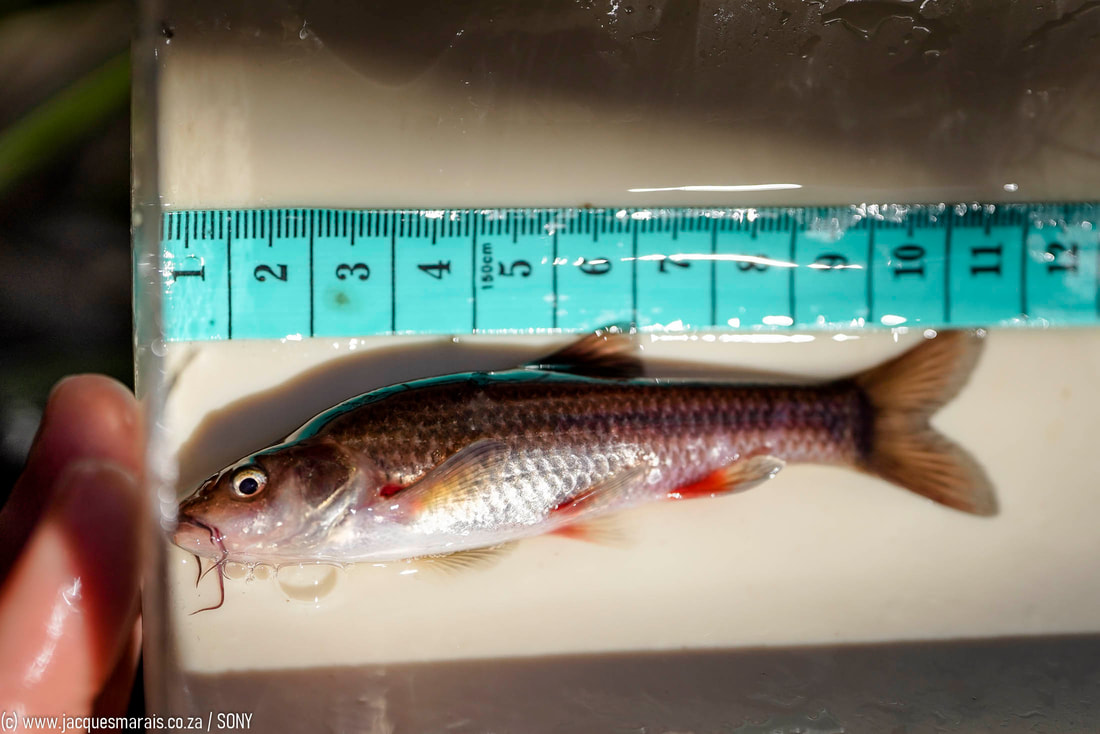












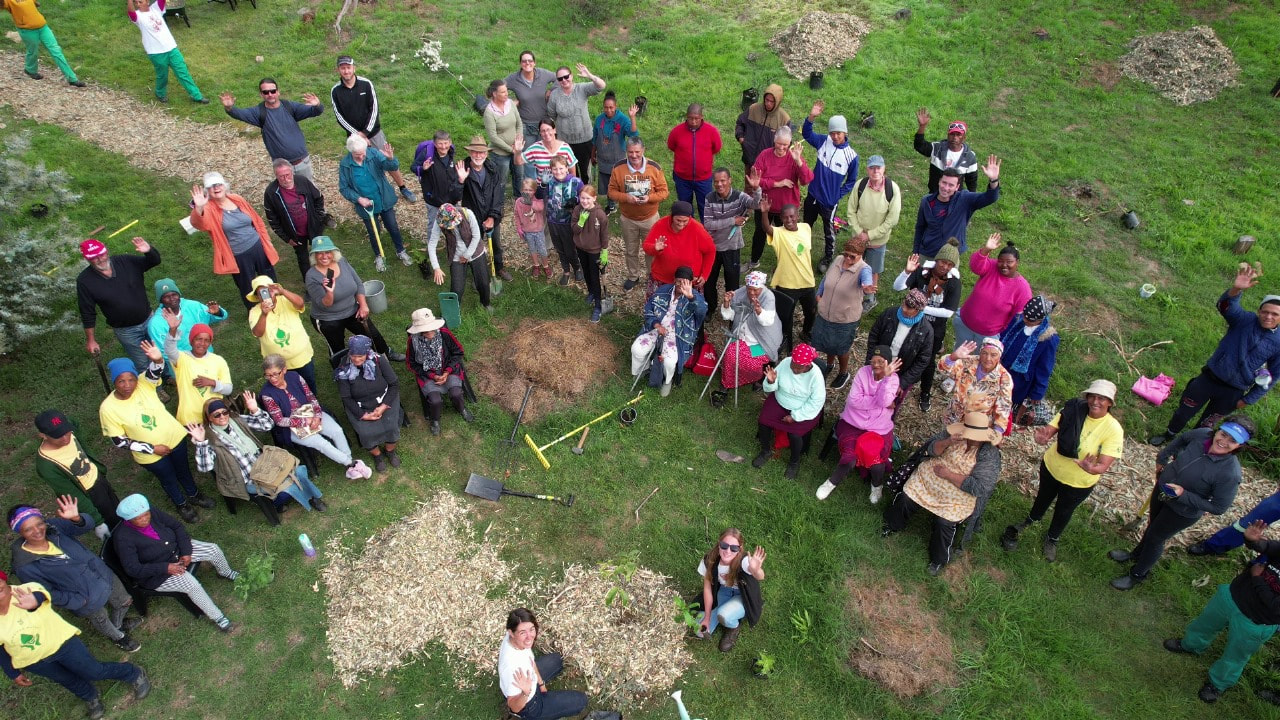
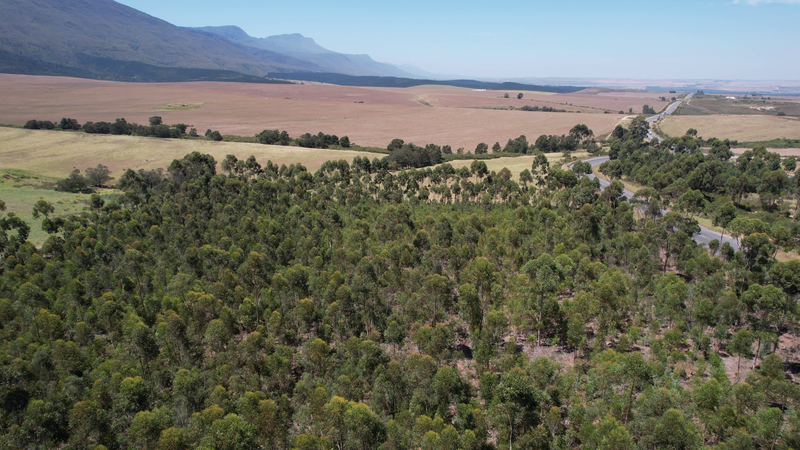
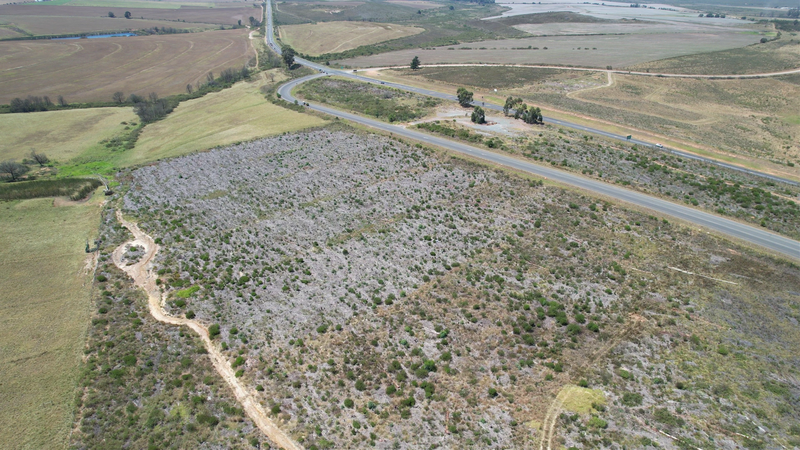
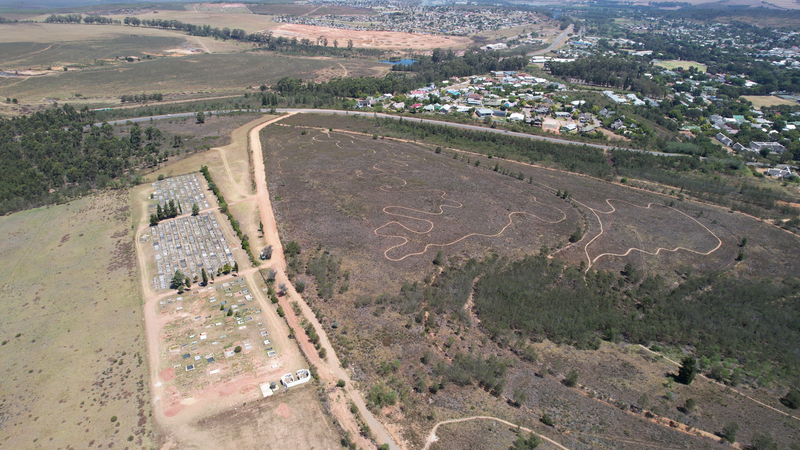
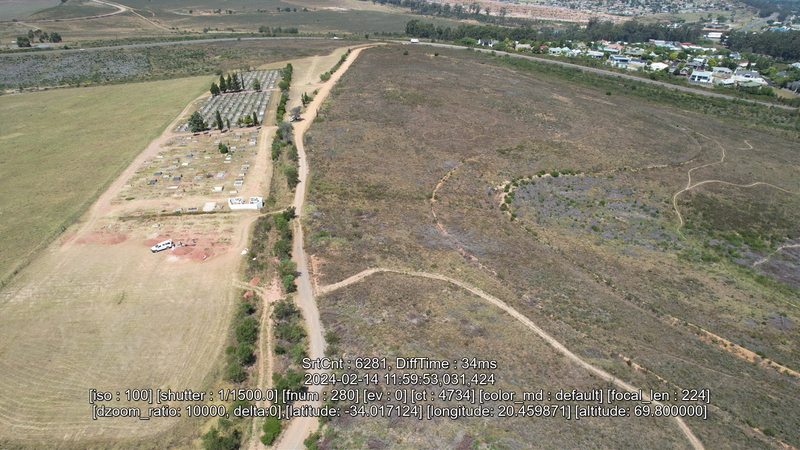
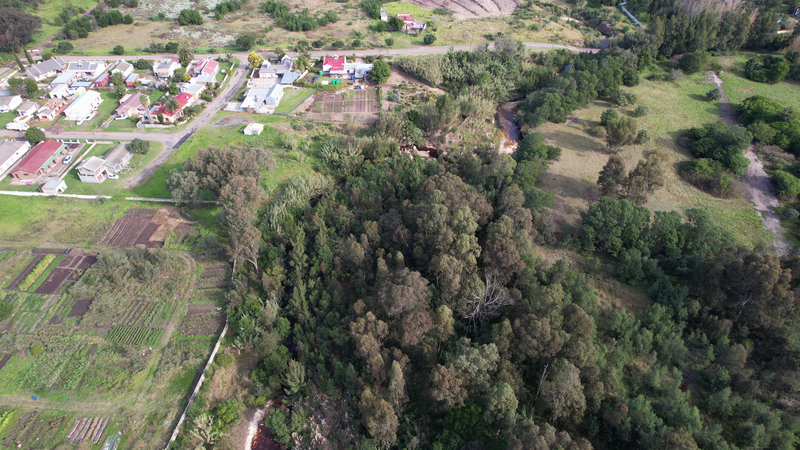
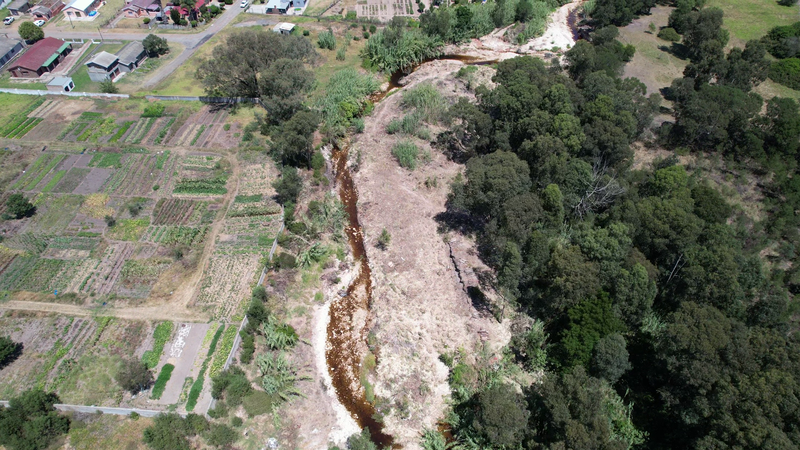
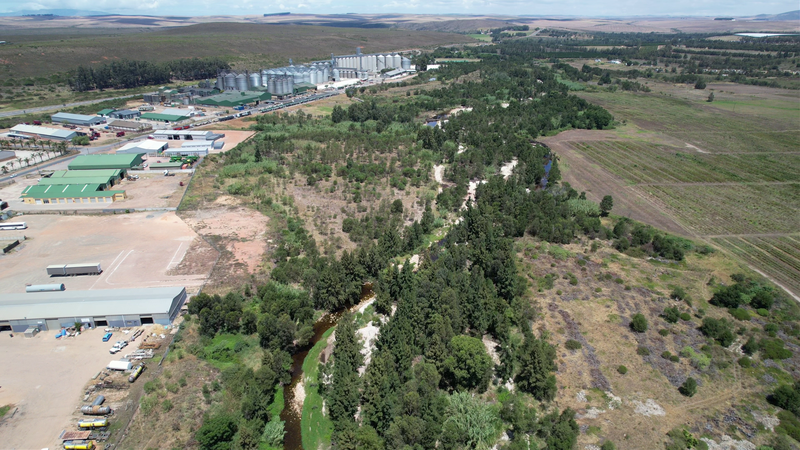
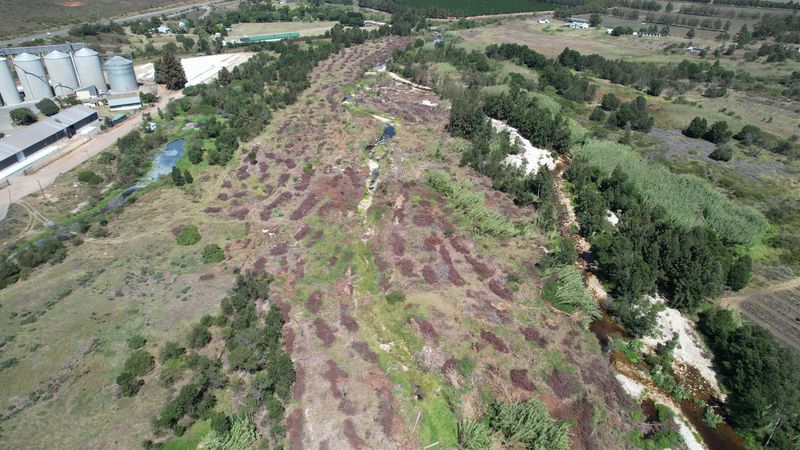
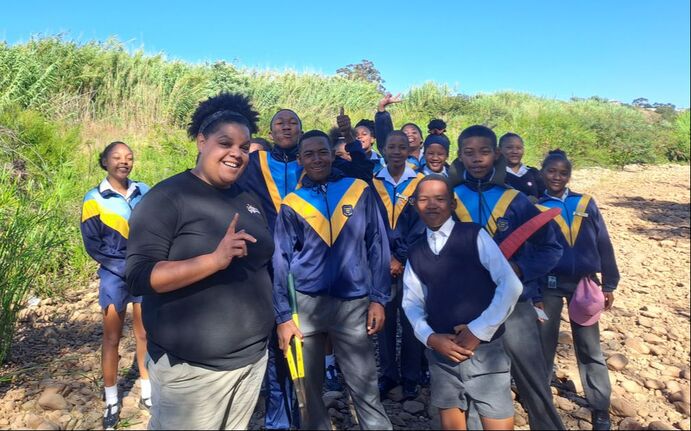
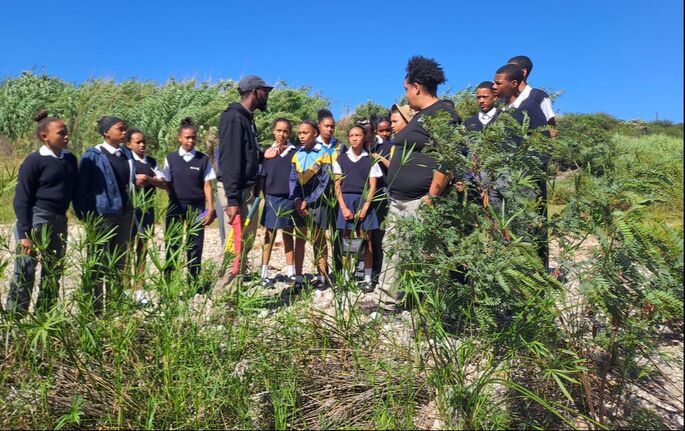
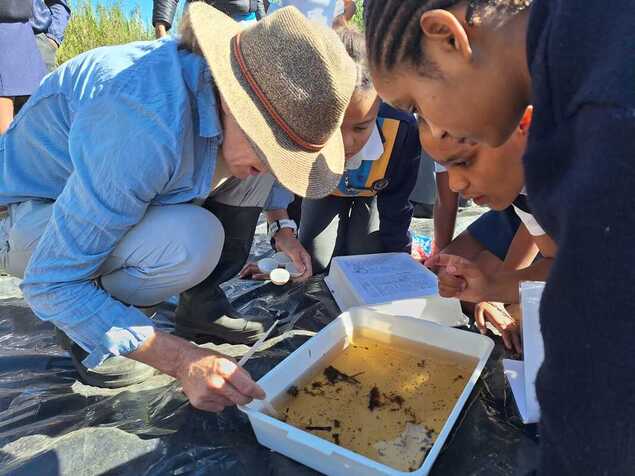
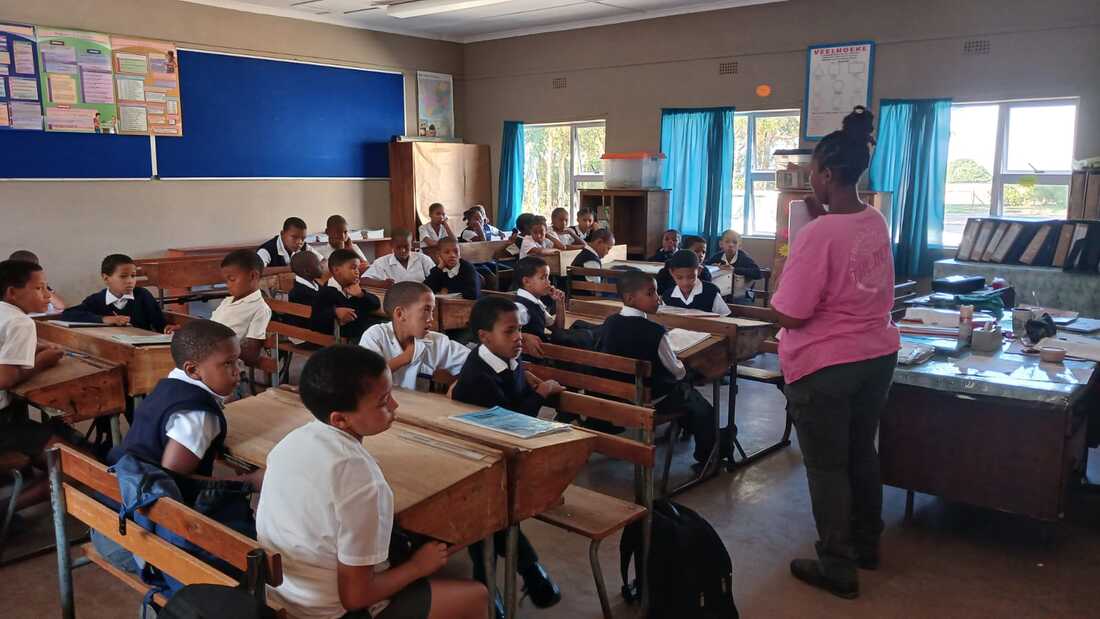
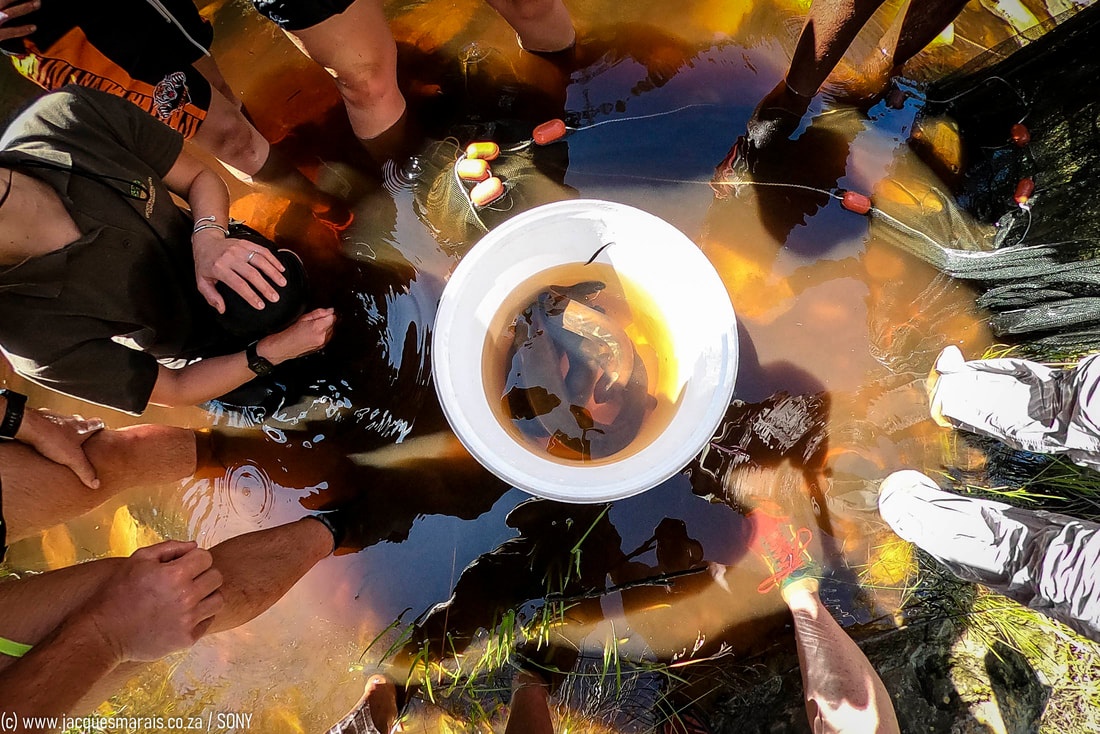
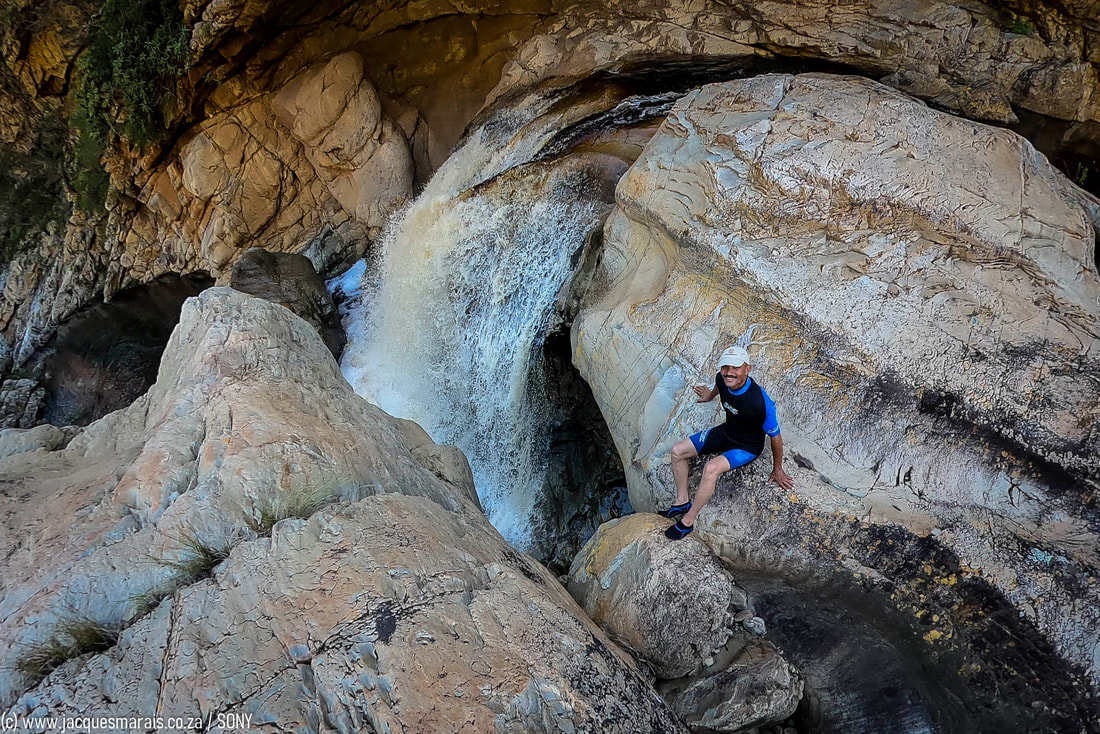
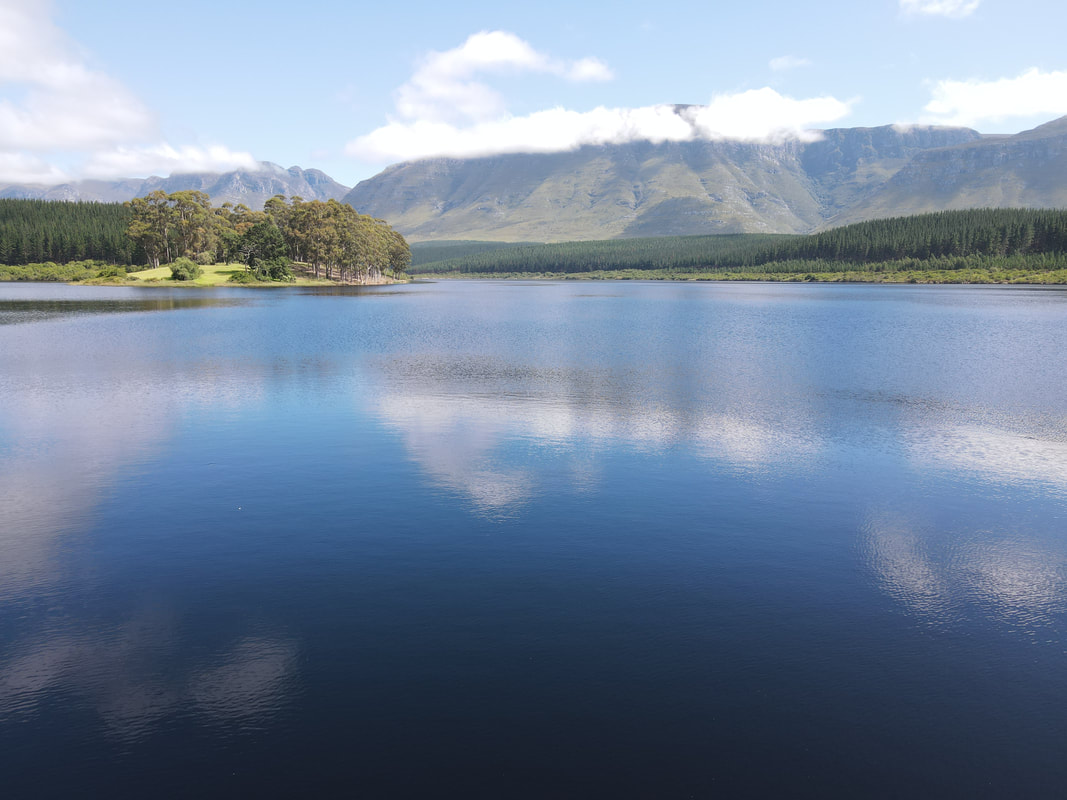
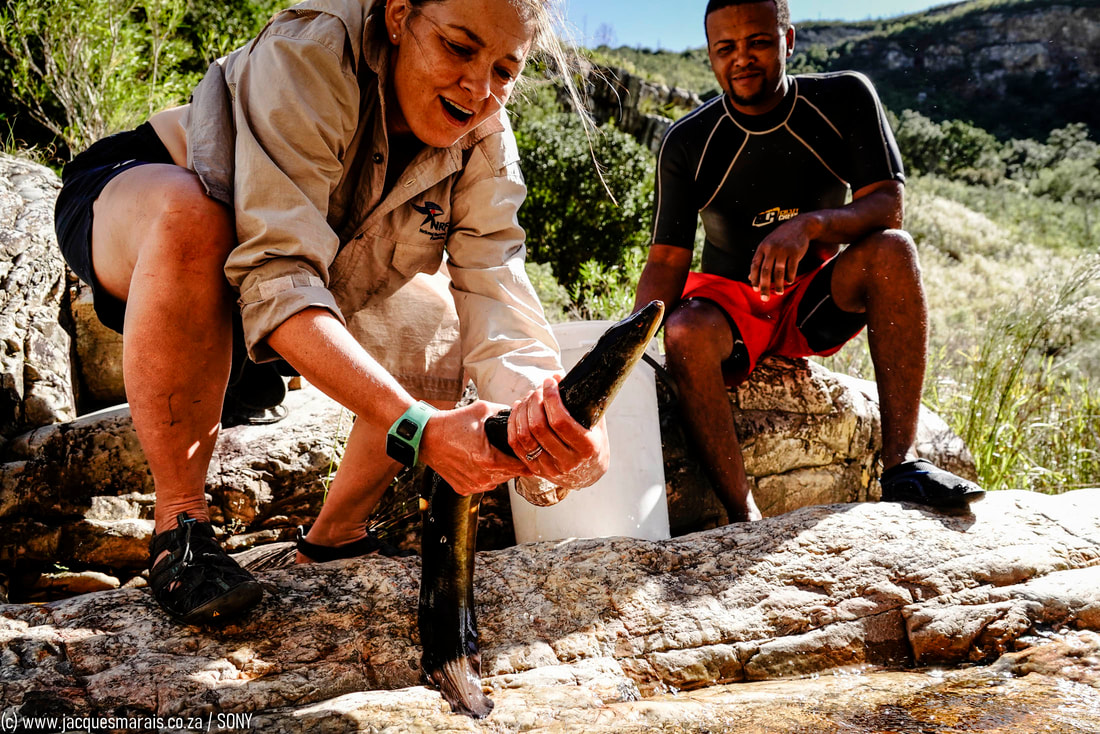
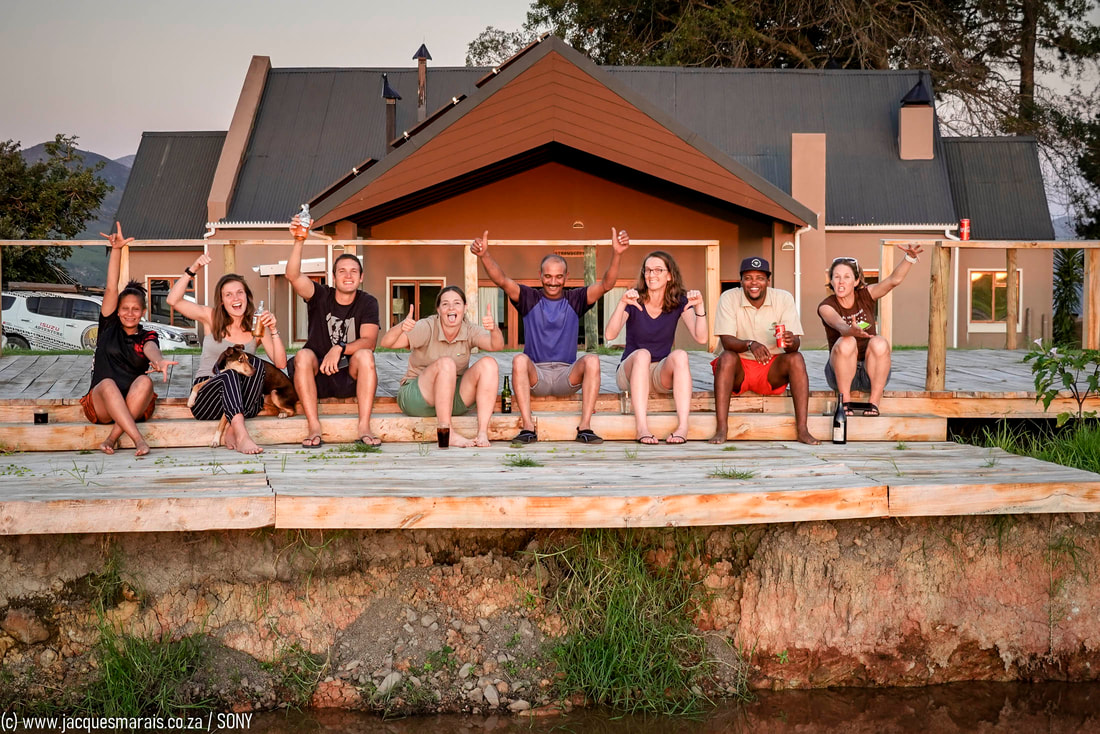

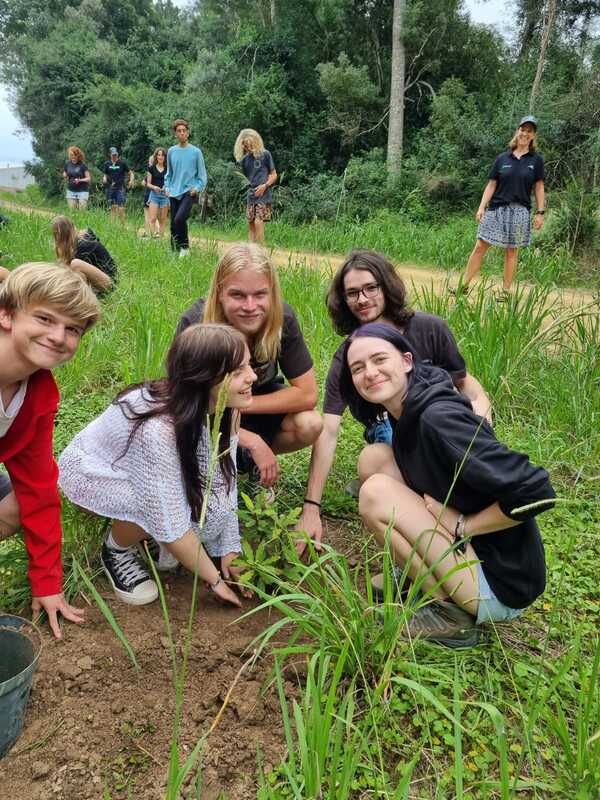
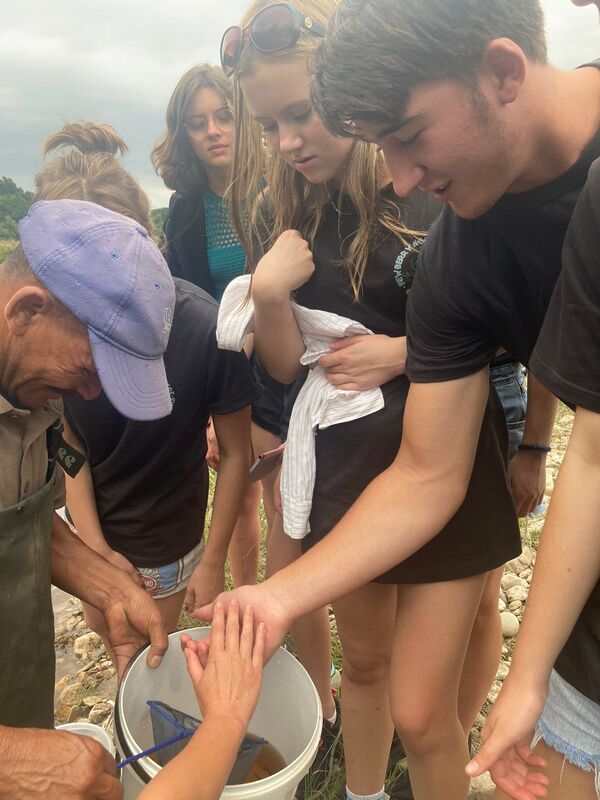
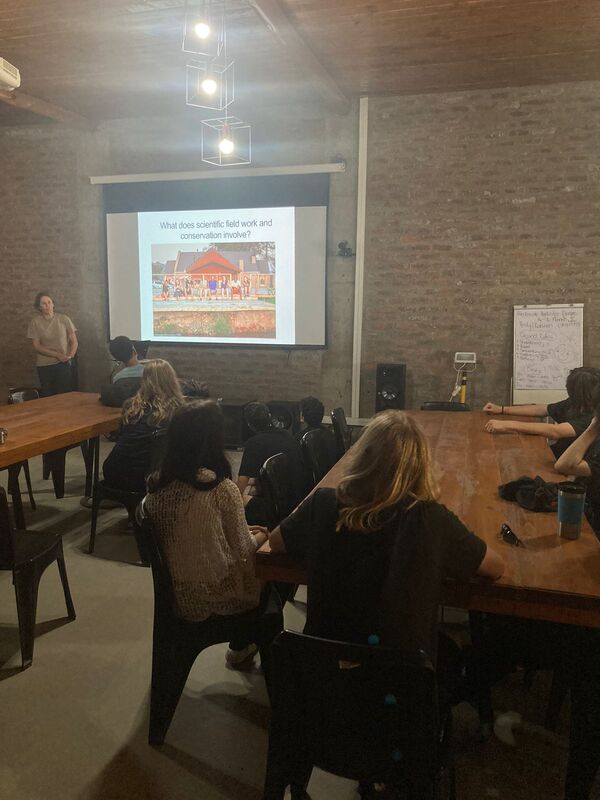
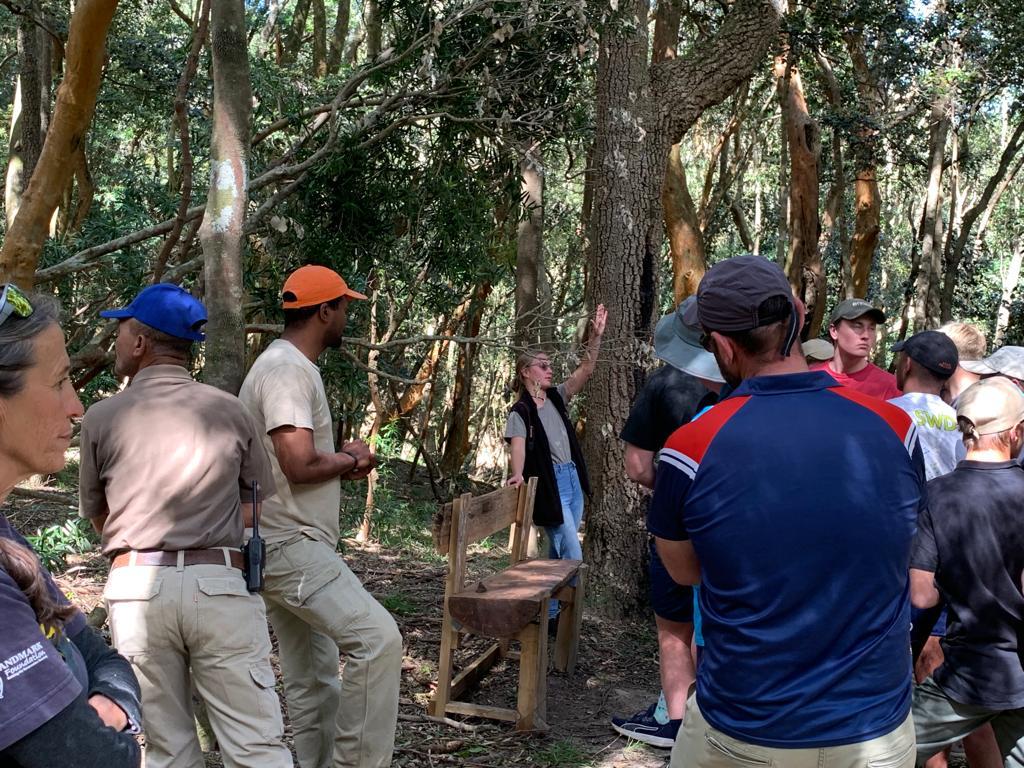
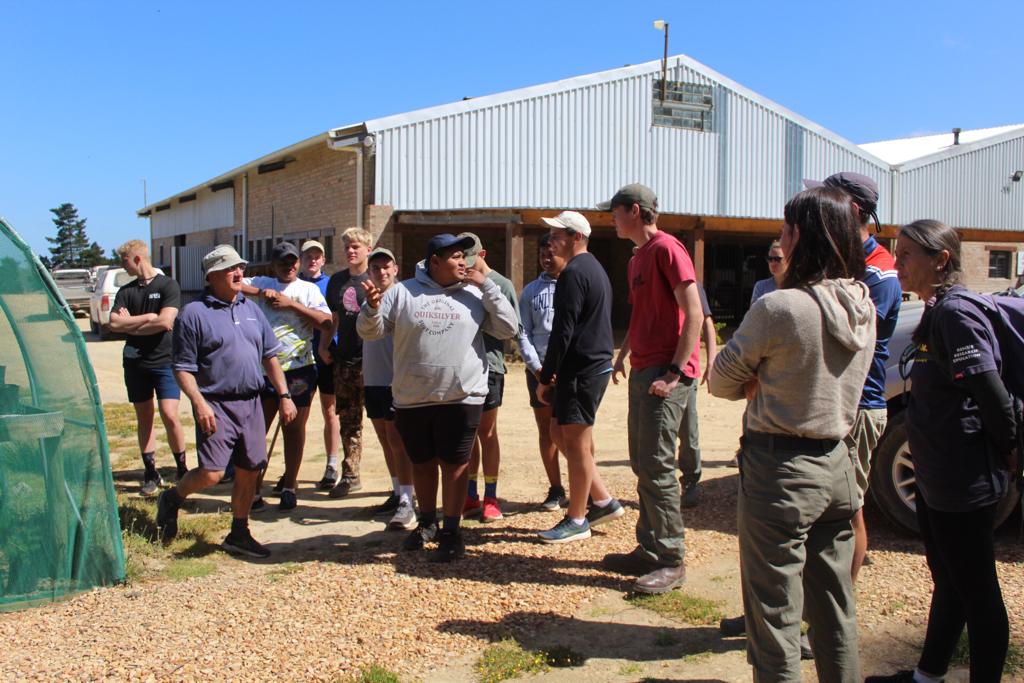
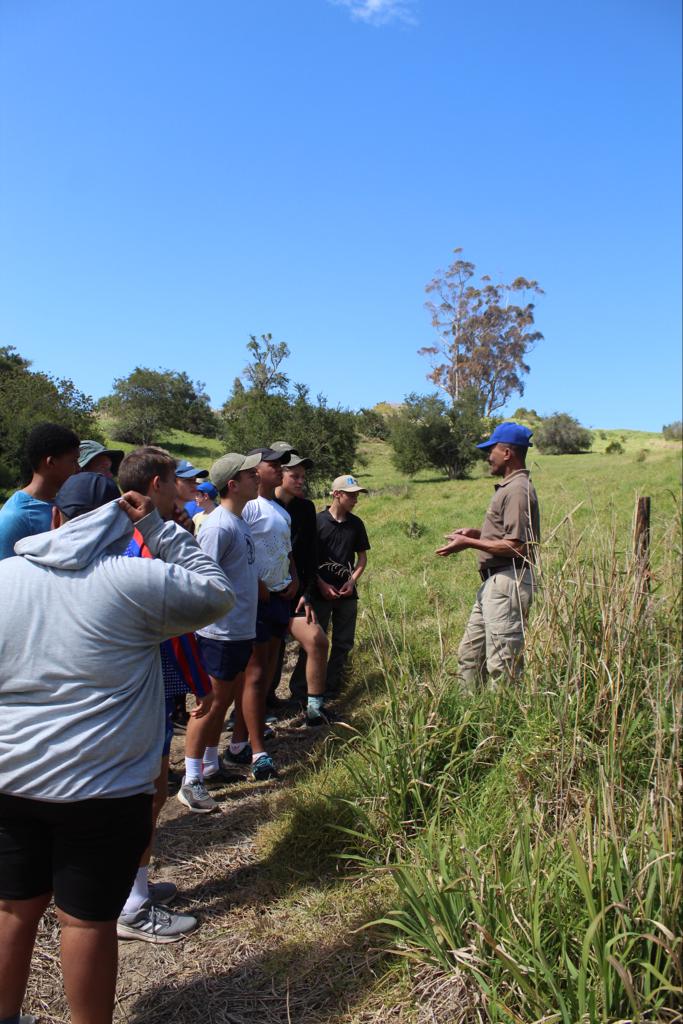
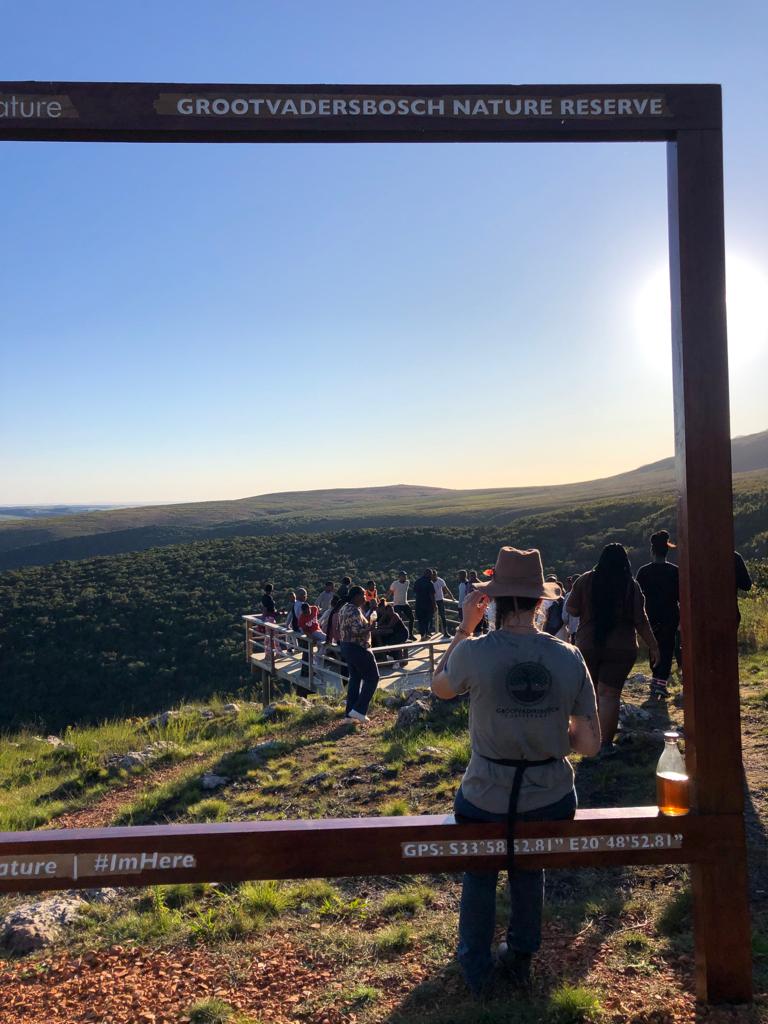
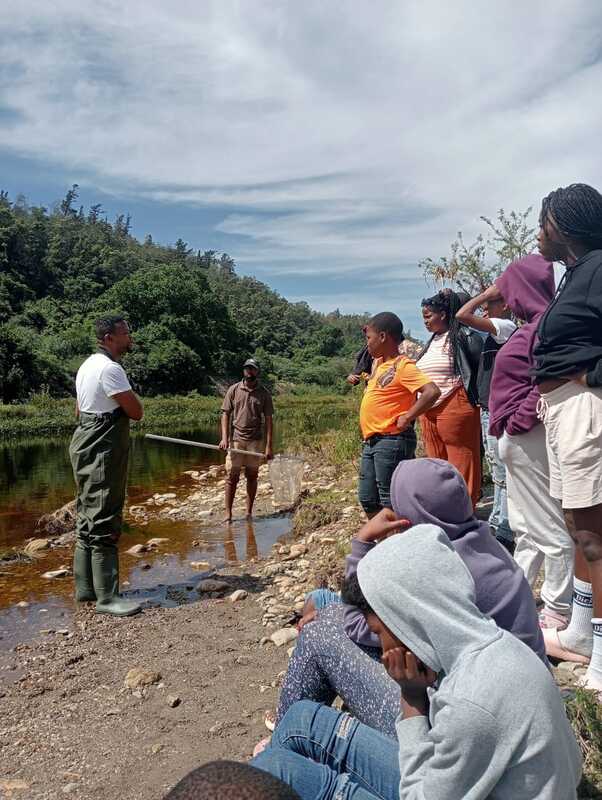
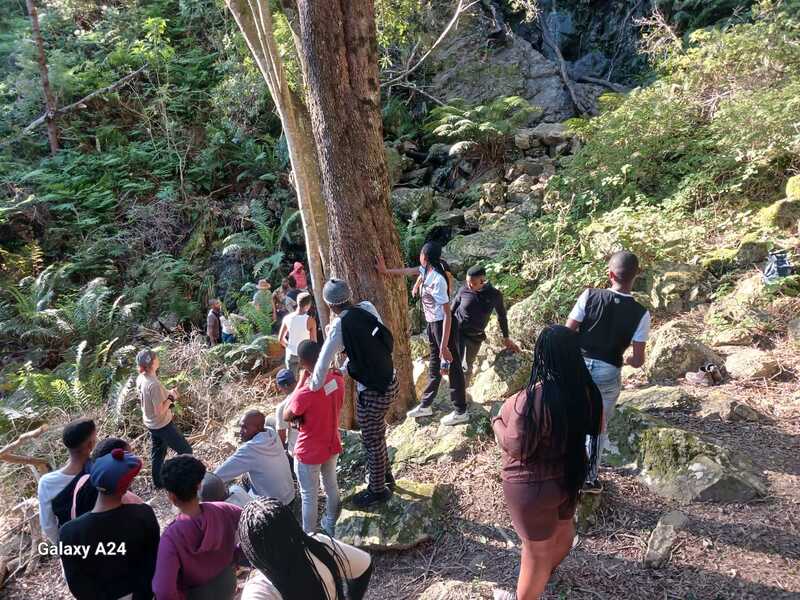
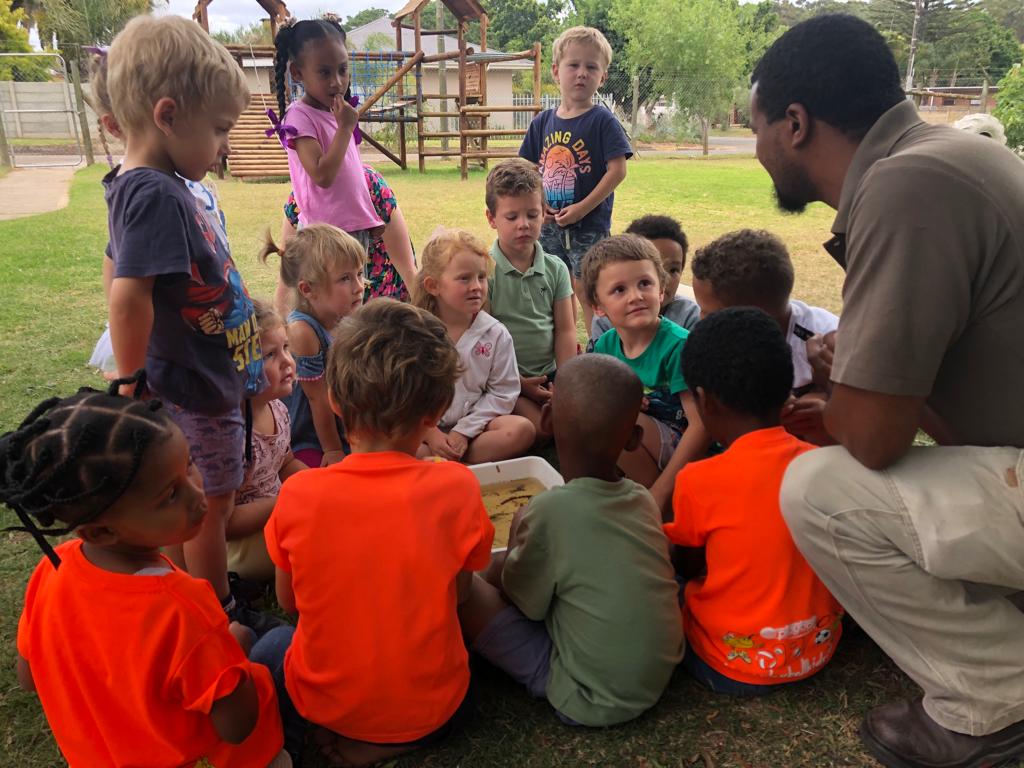
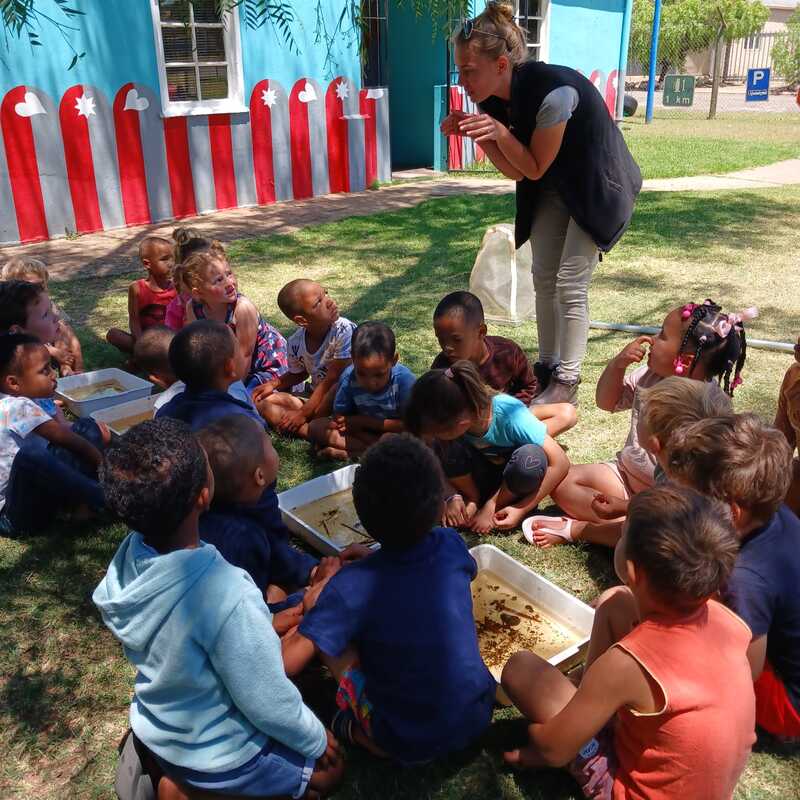
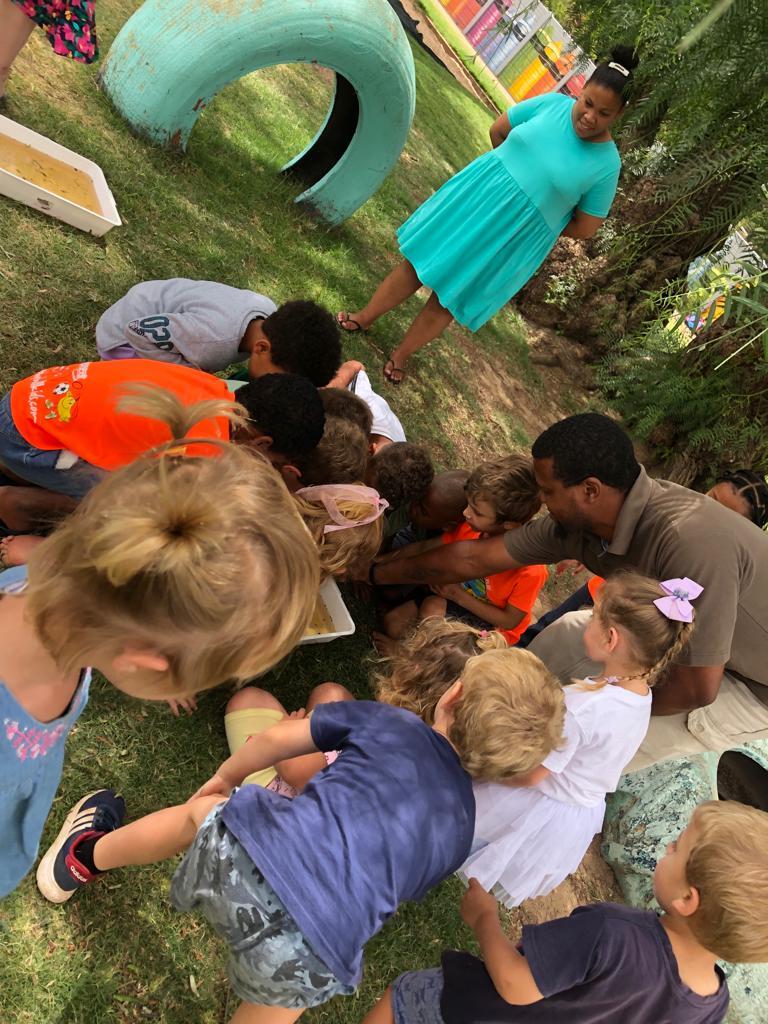

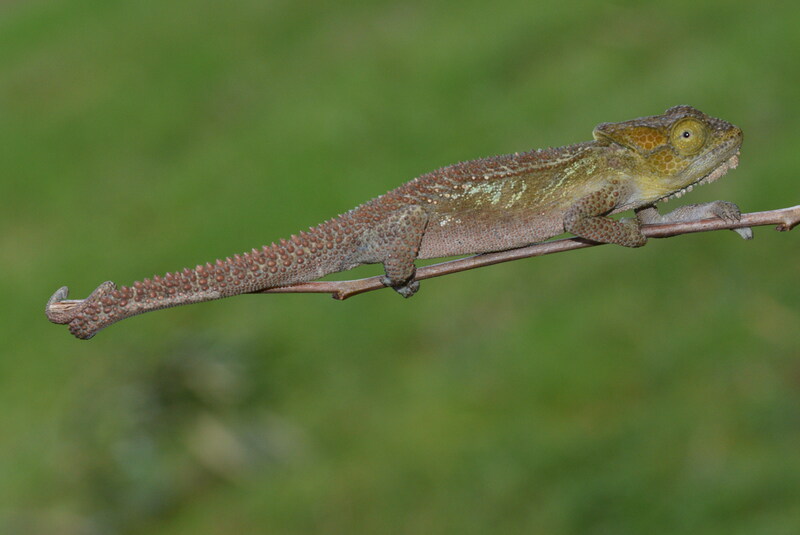
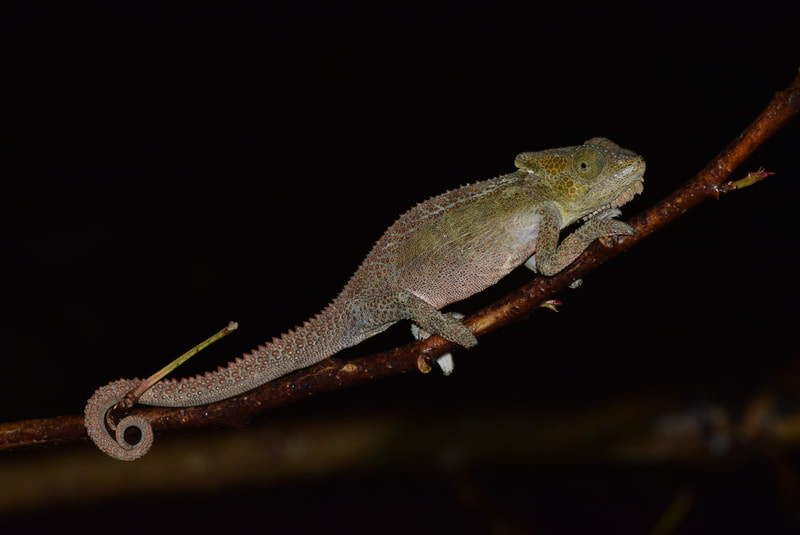
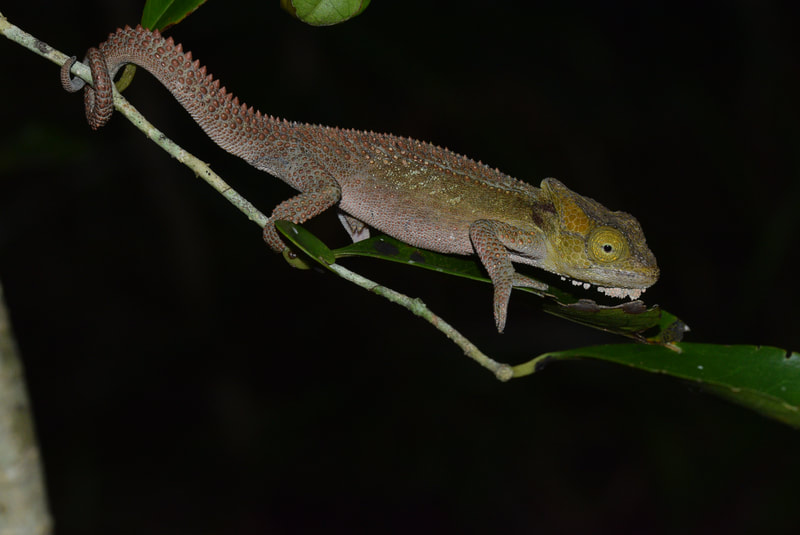
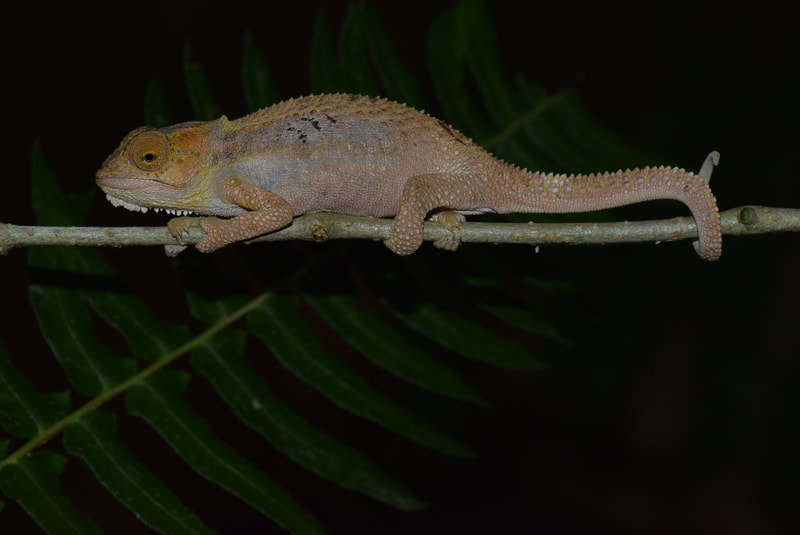
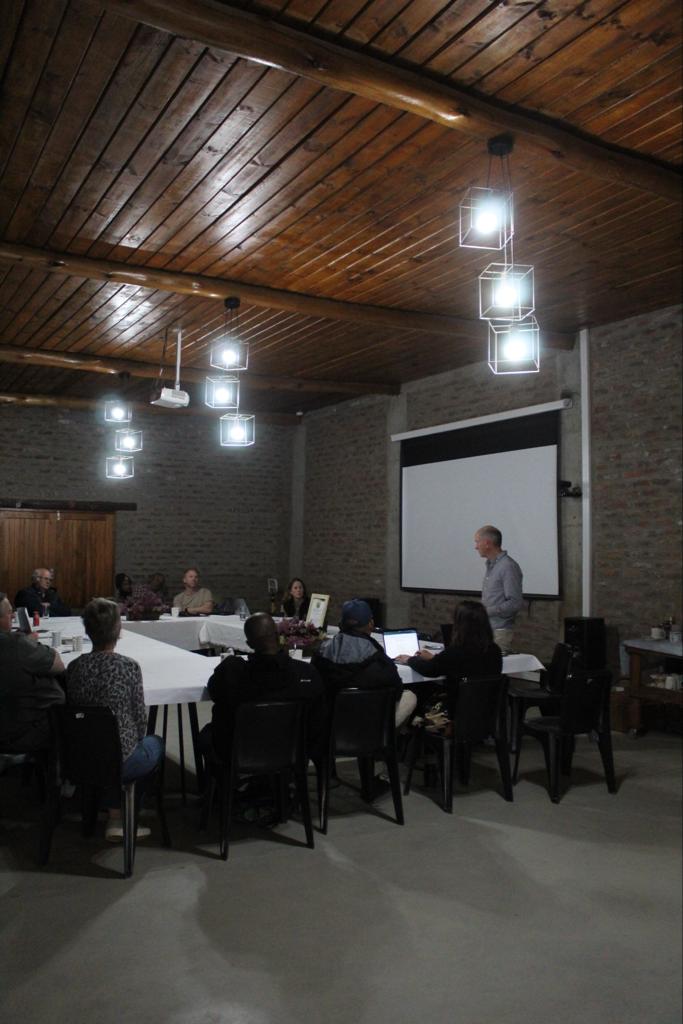
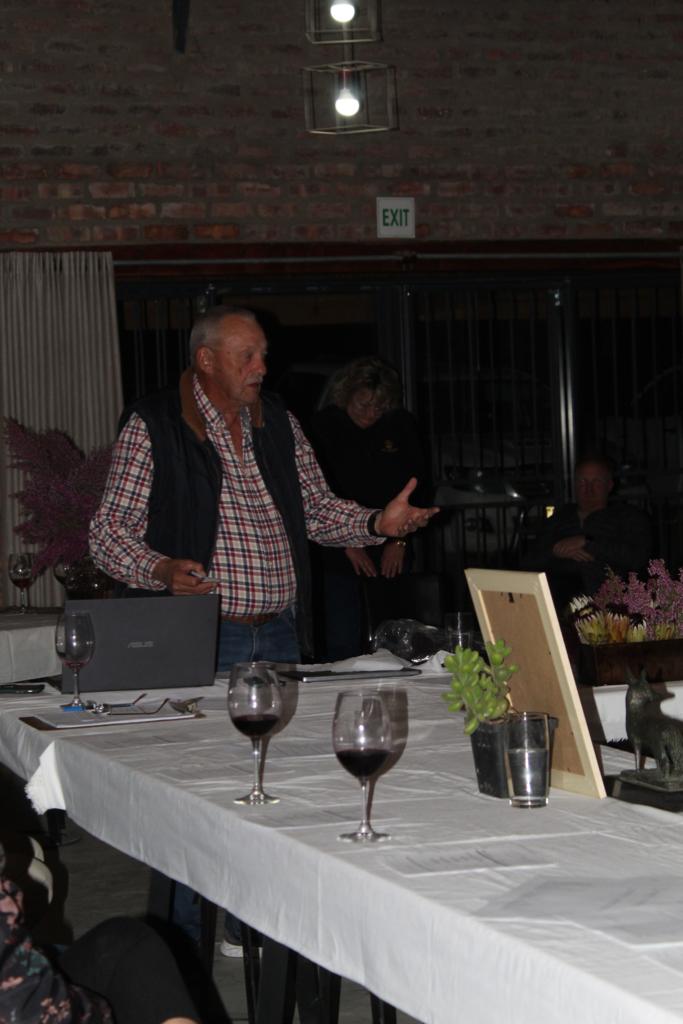
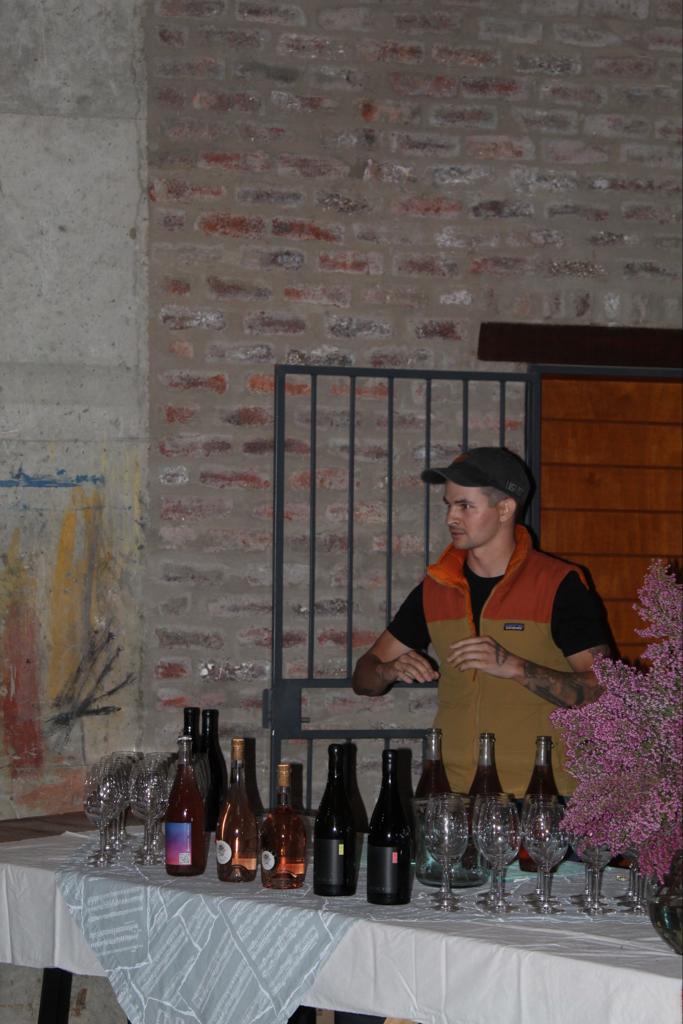
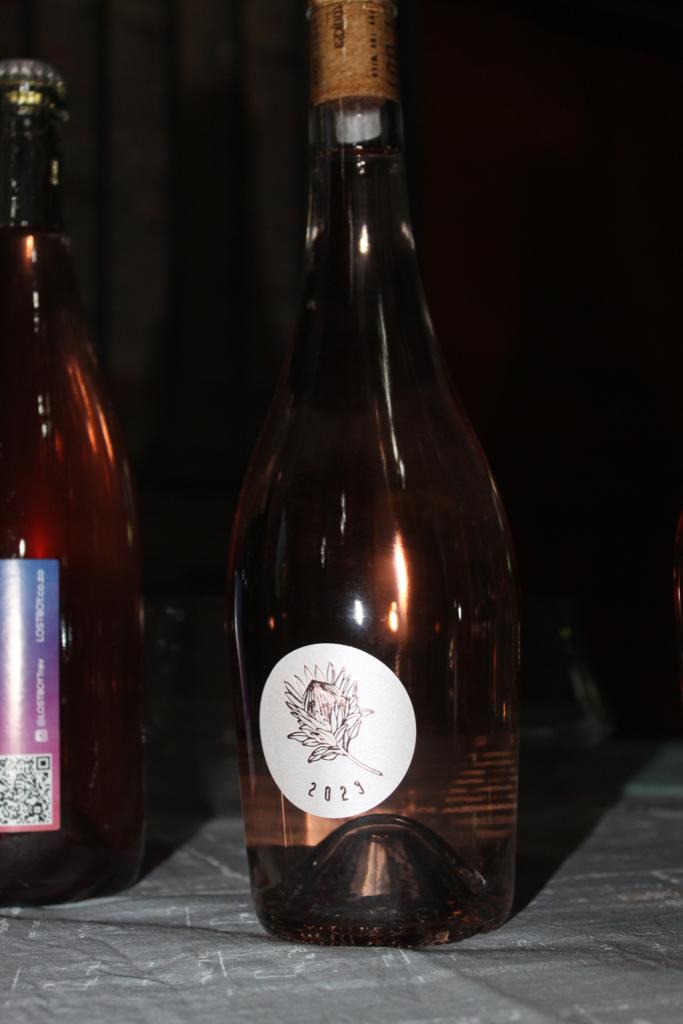
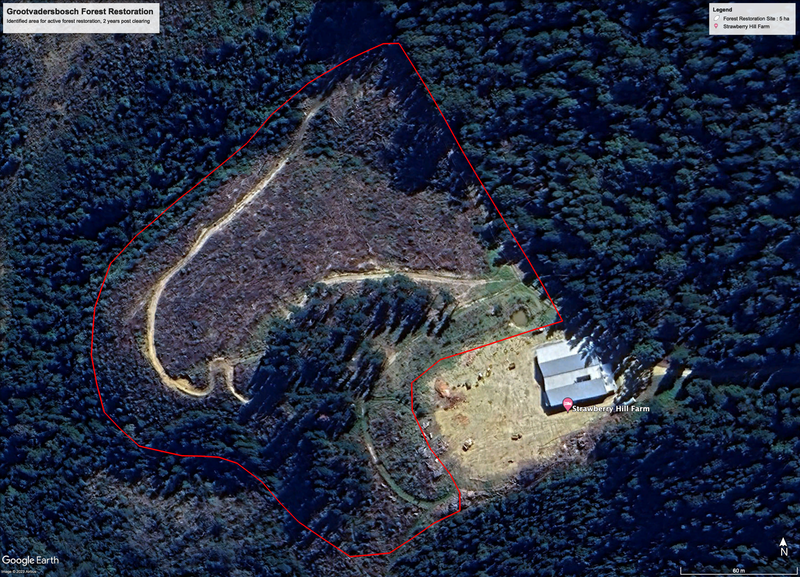
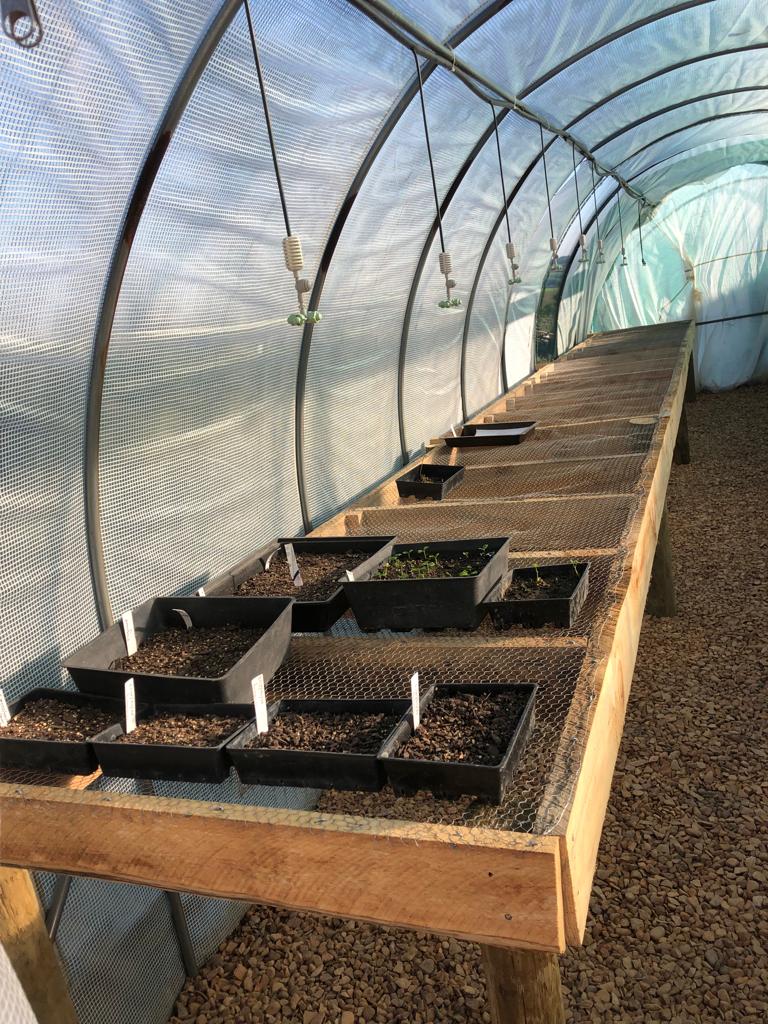
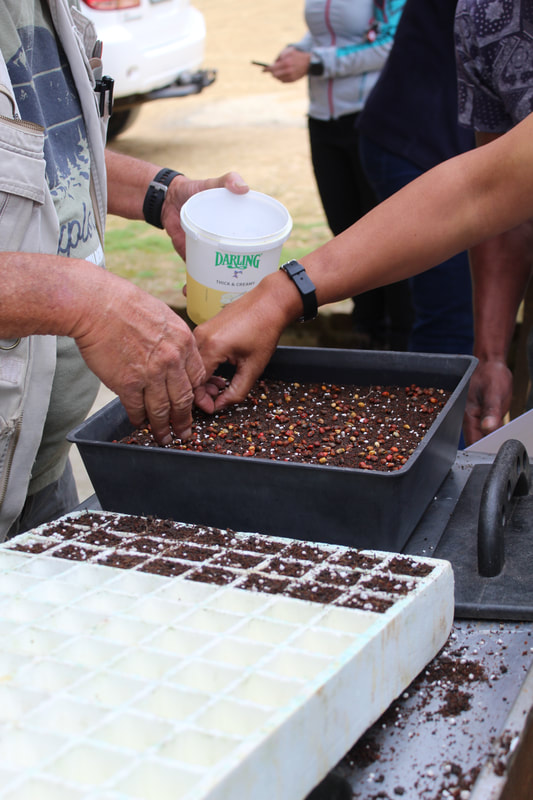
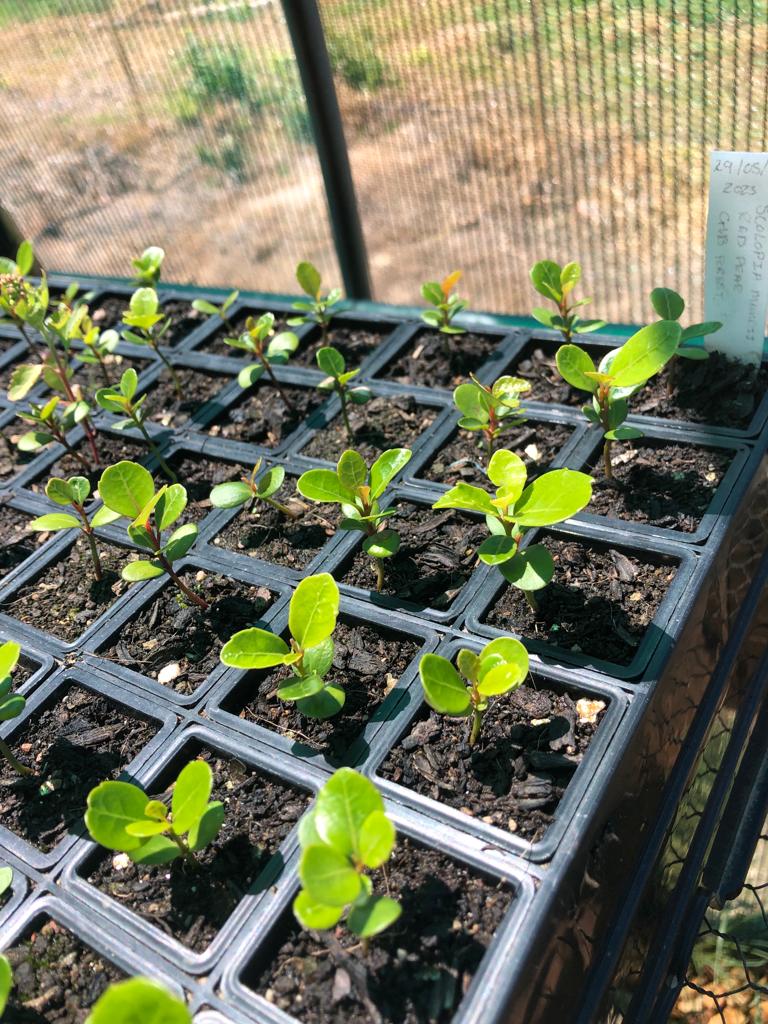
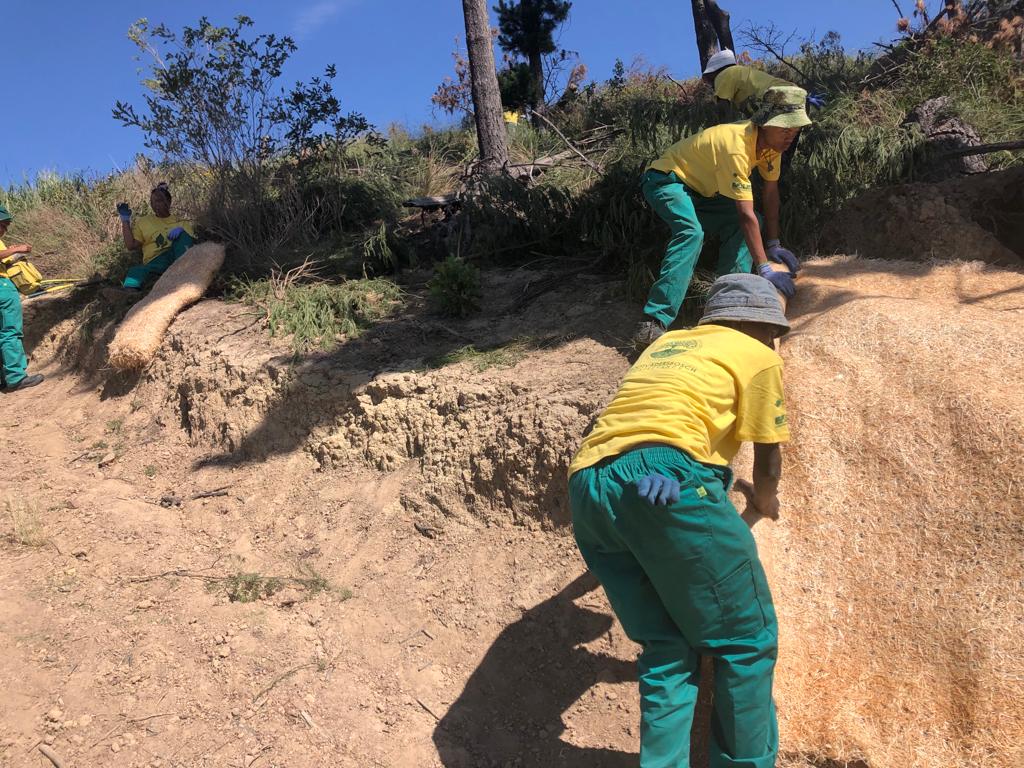
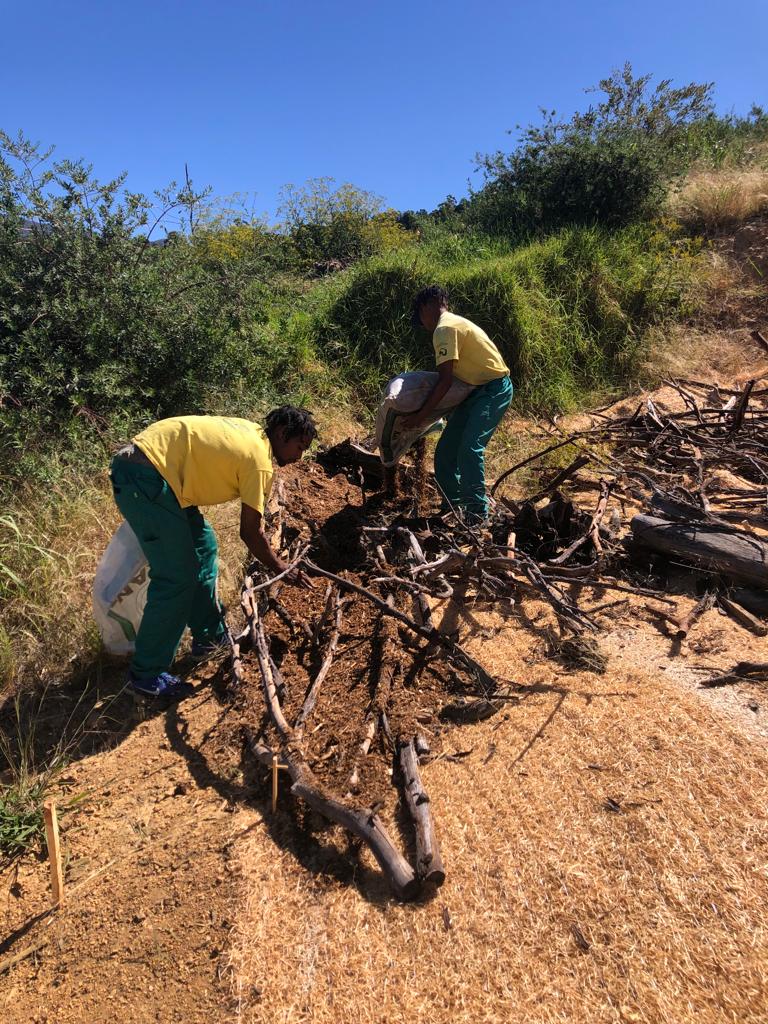
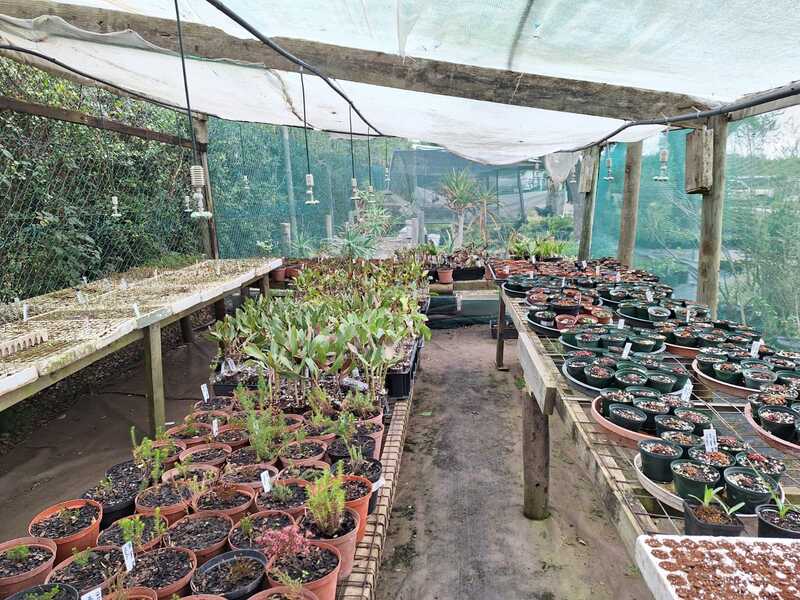
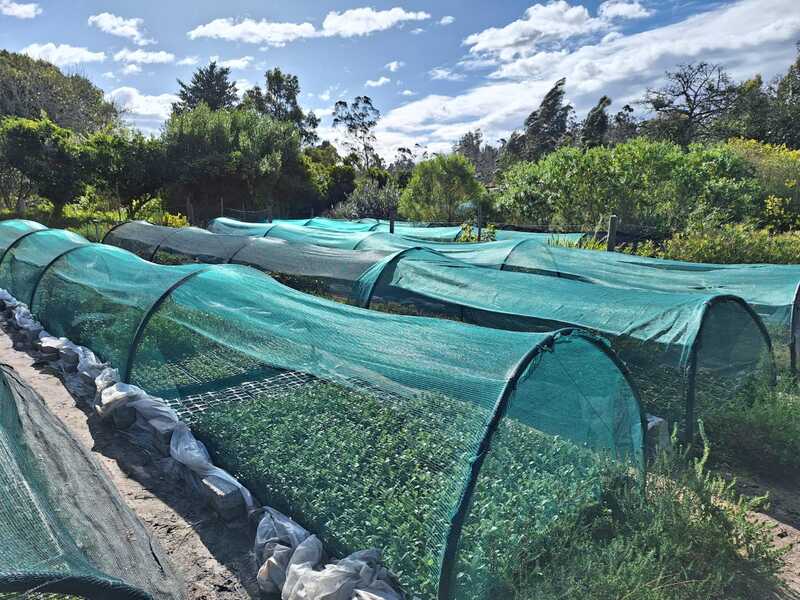
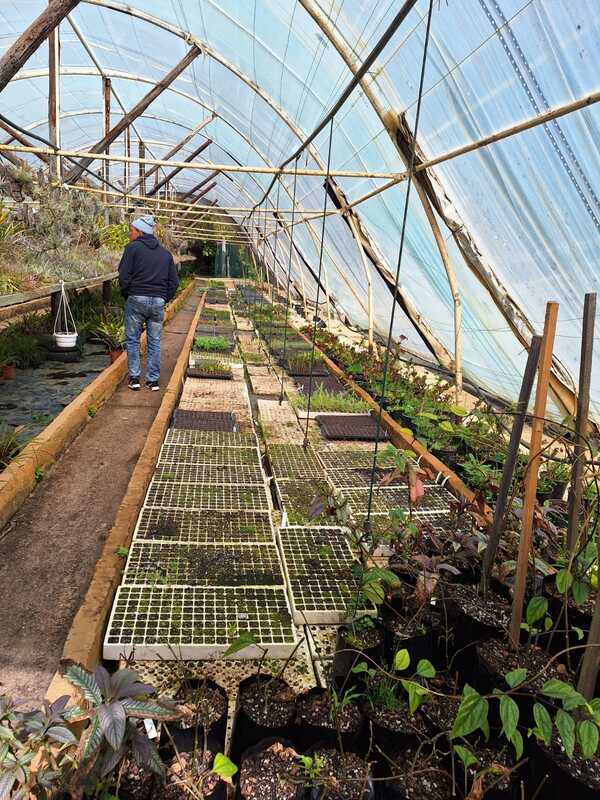
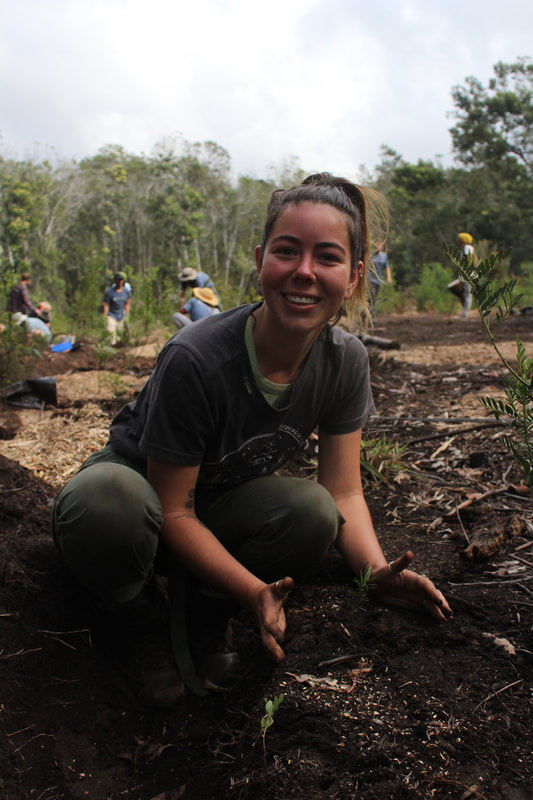
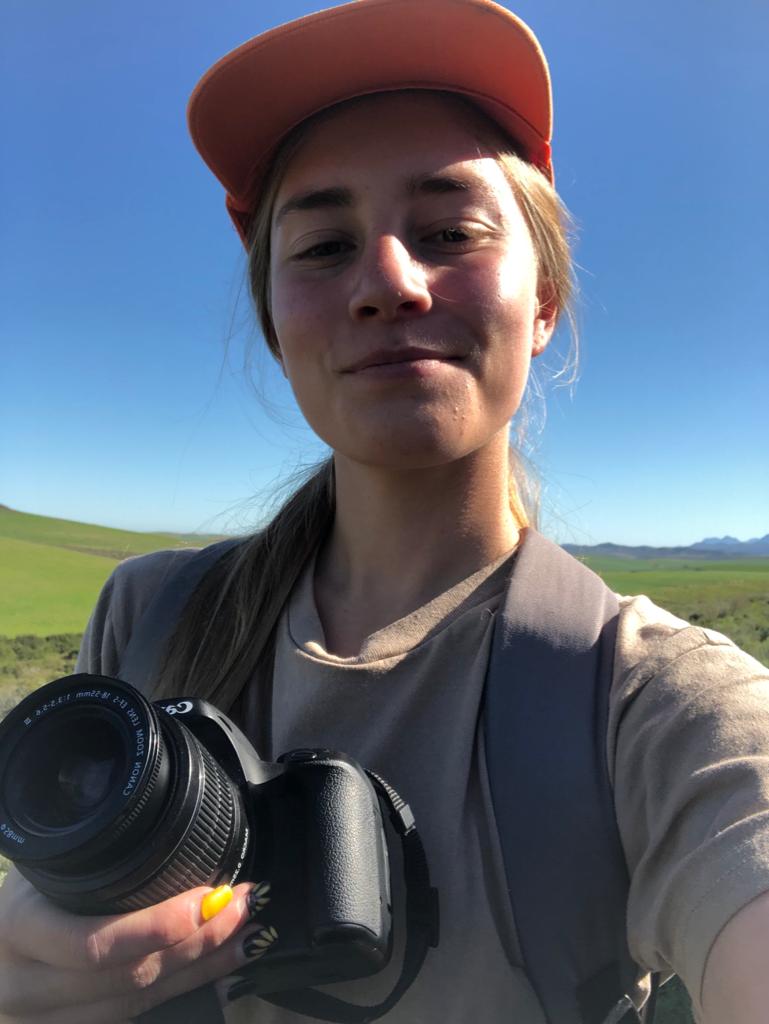
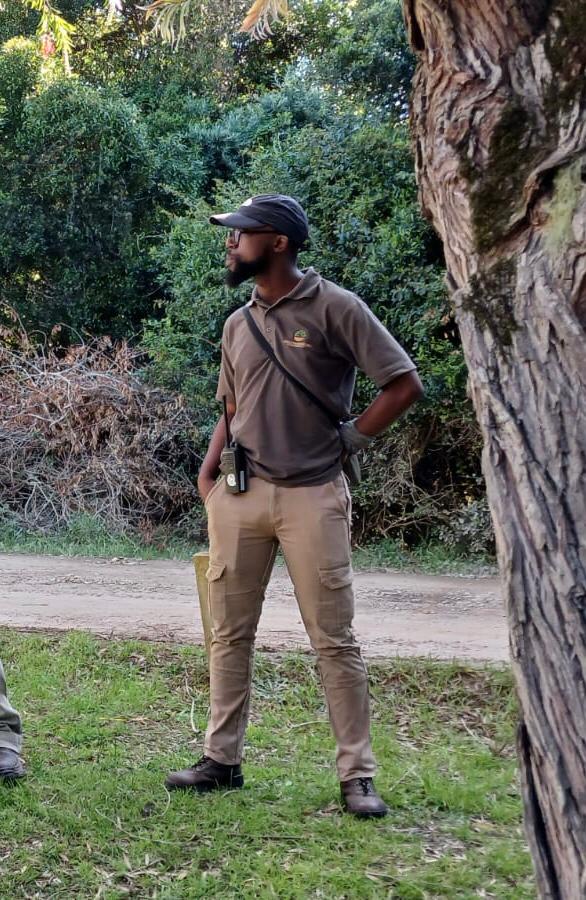
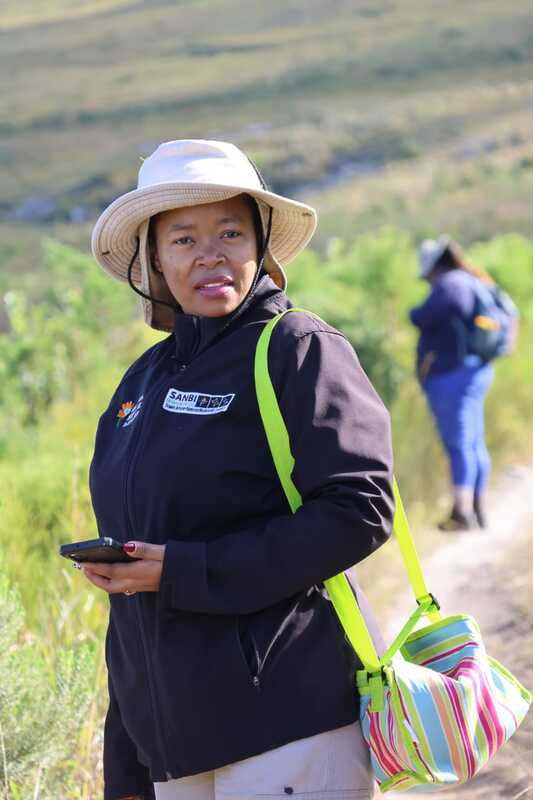
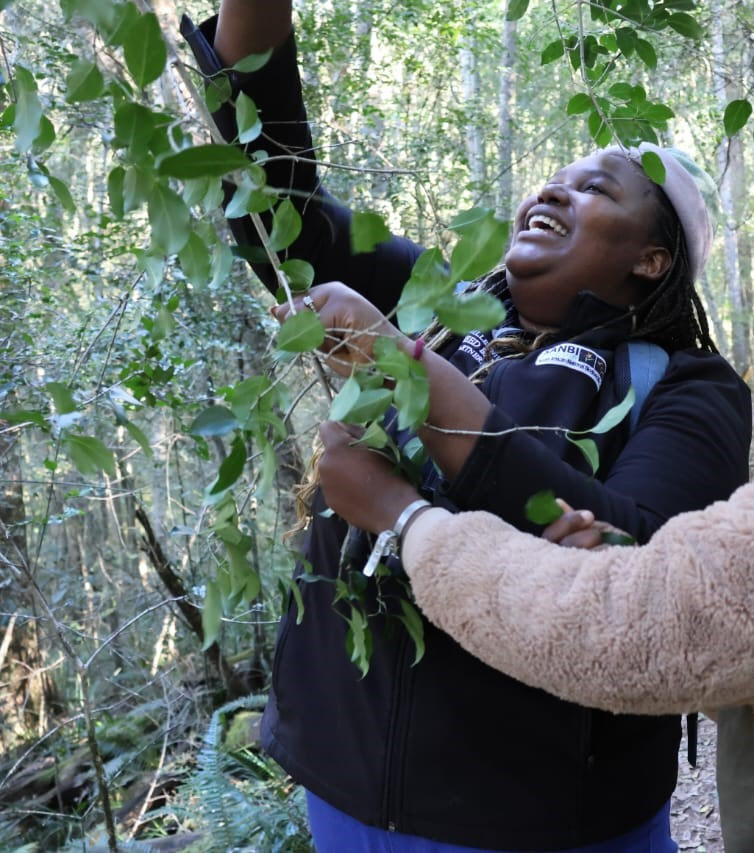
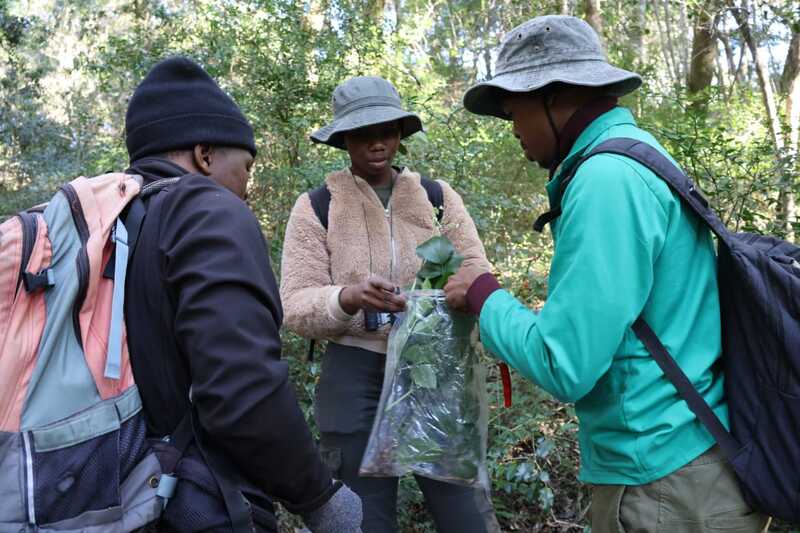
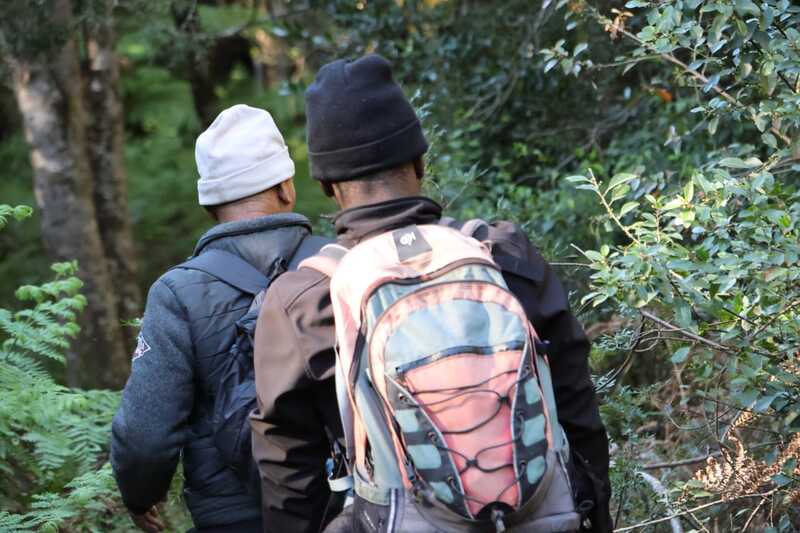

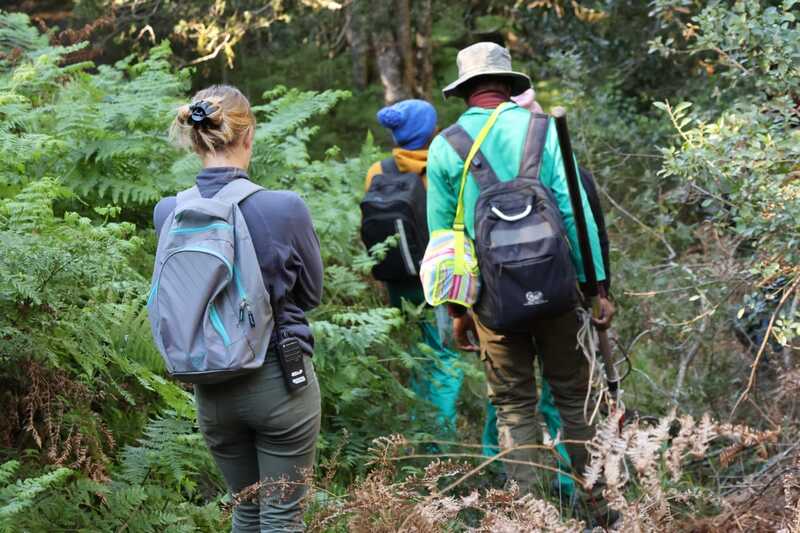
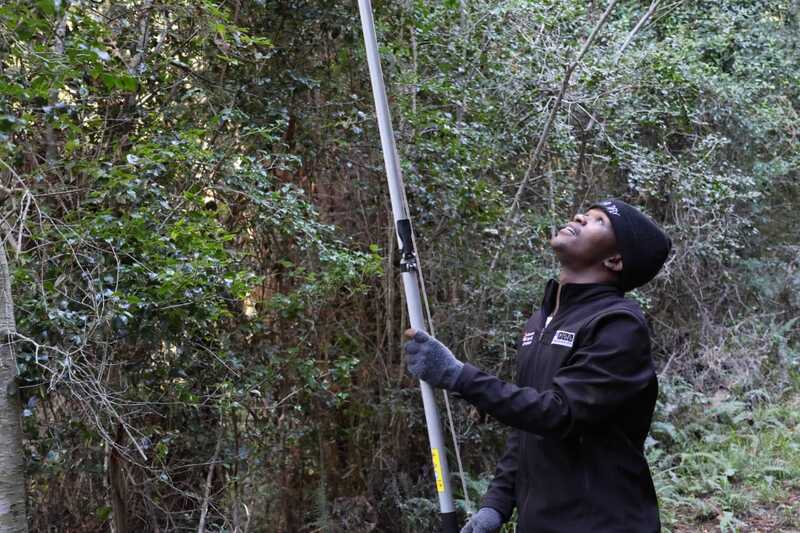
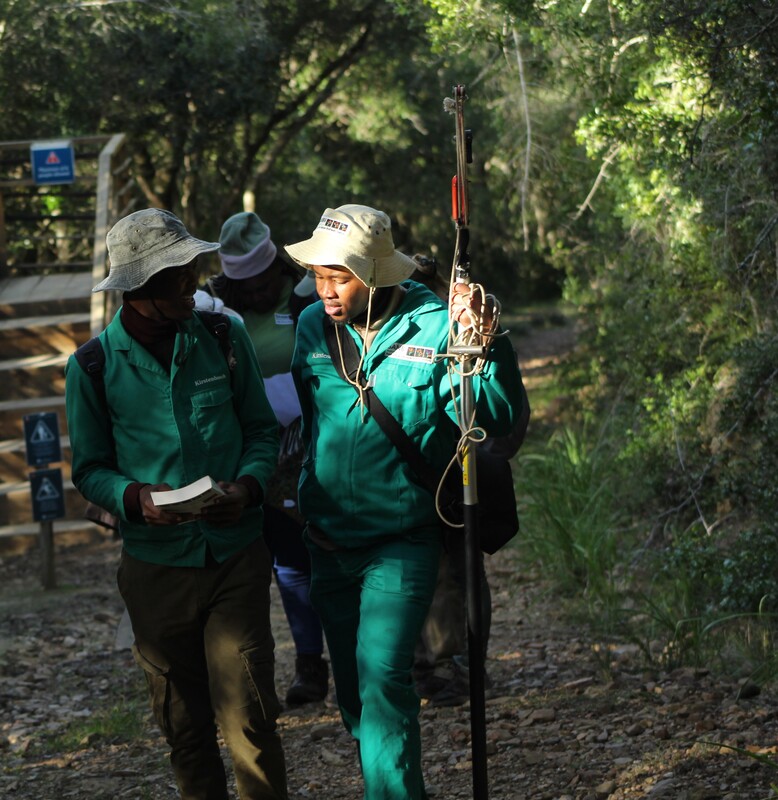
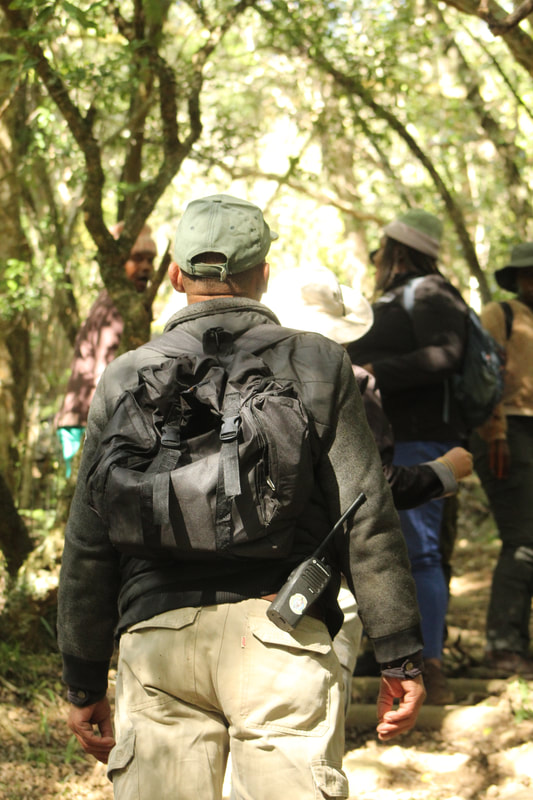
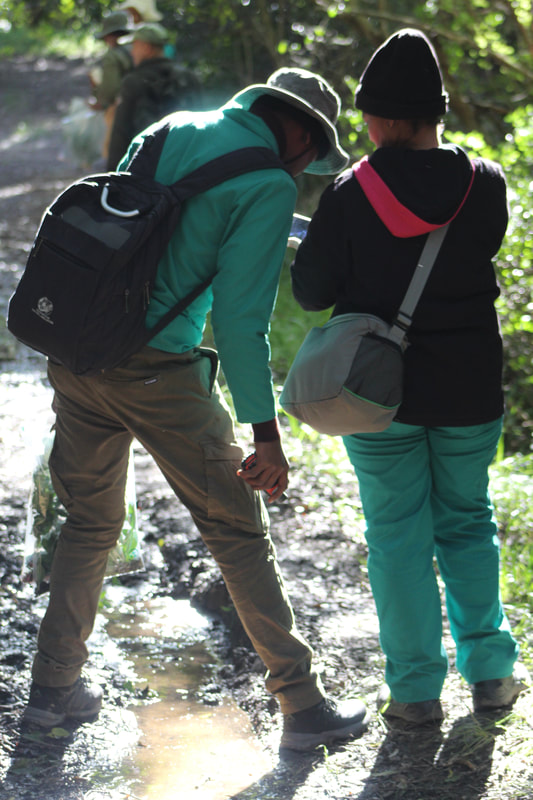
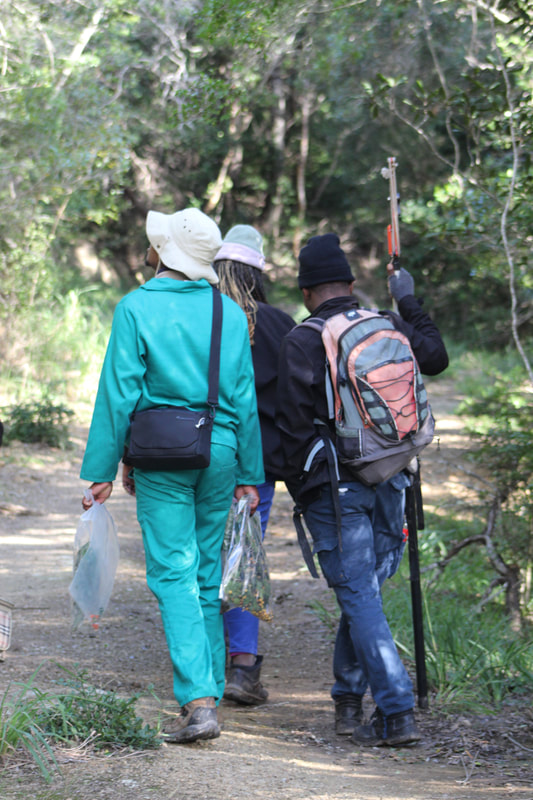
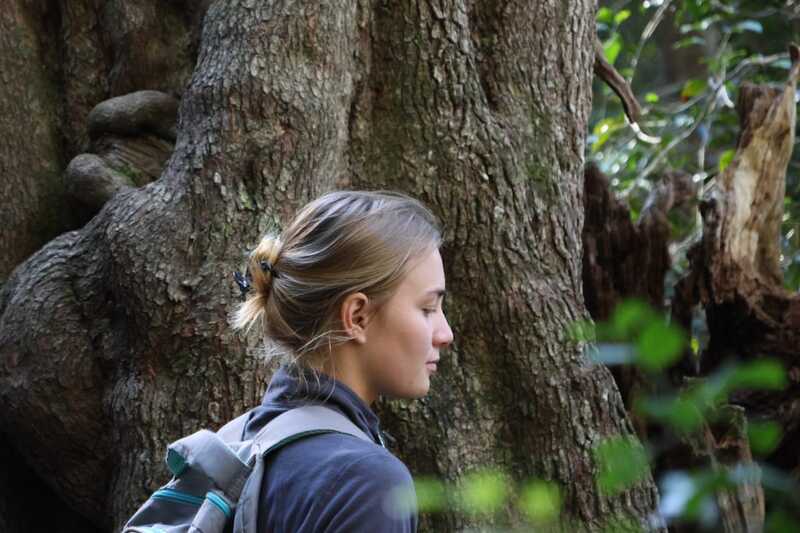
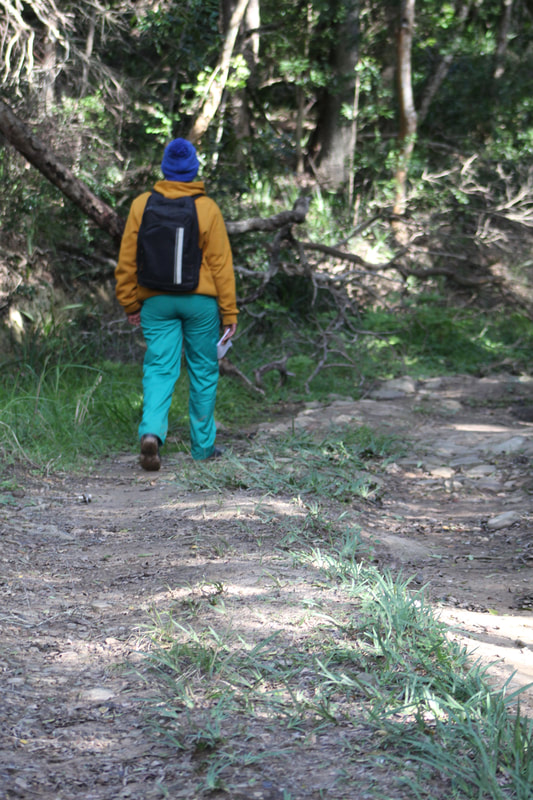
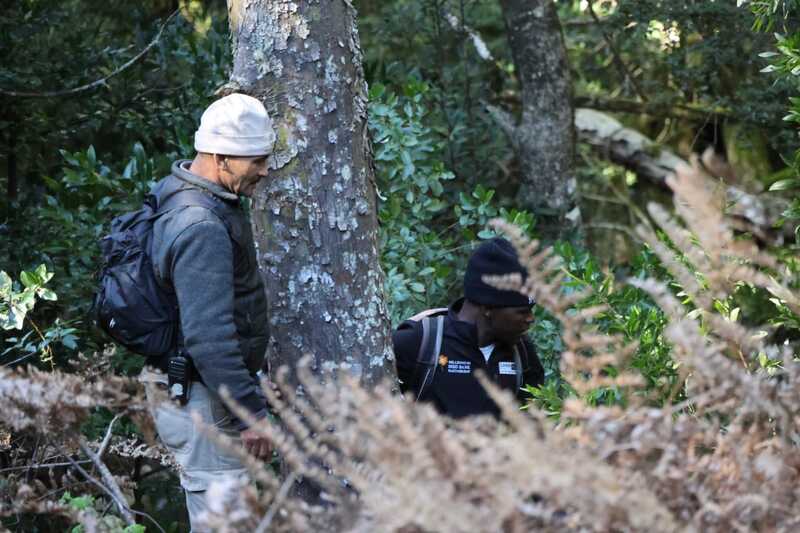
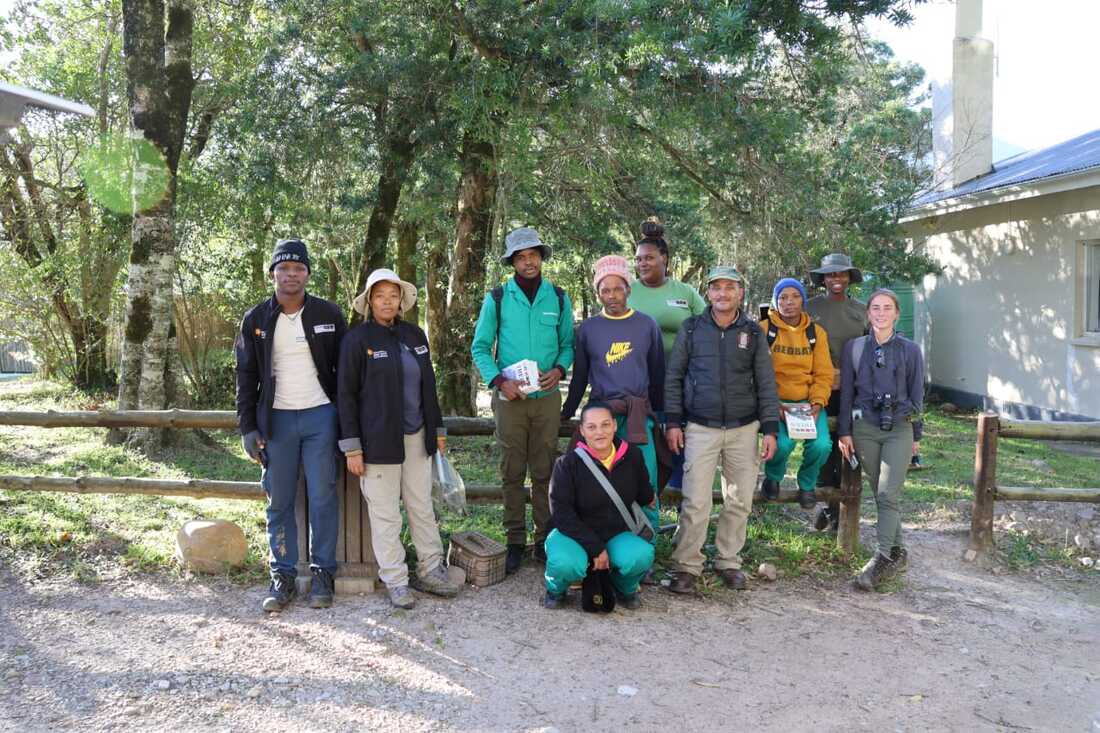
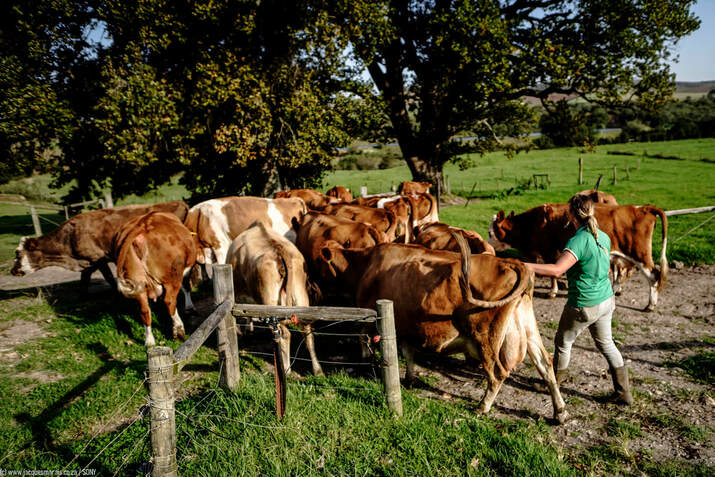
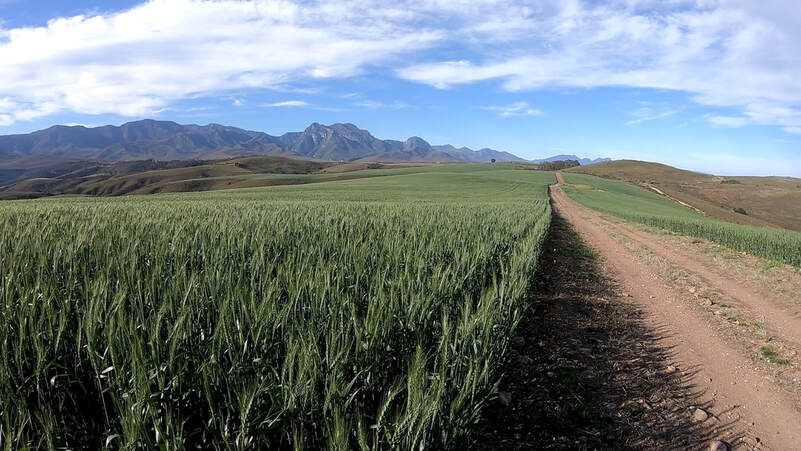
 RSS Feed
RSS Feed






